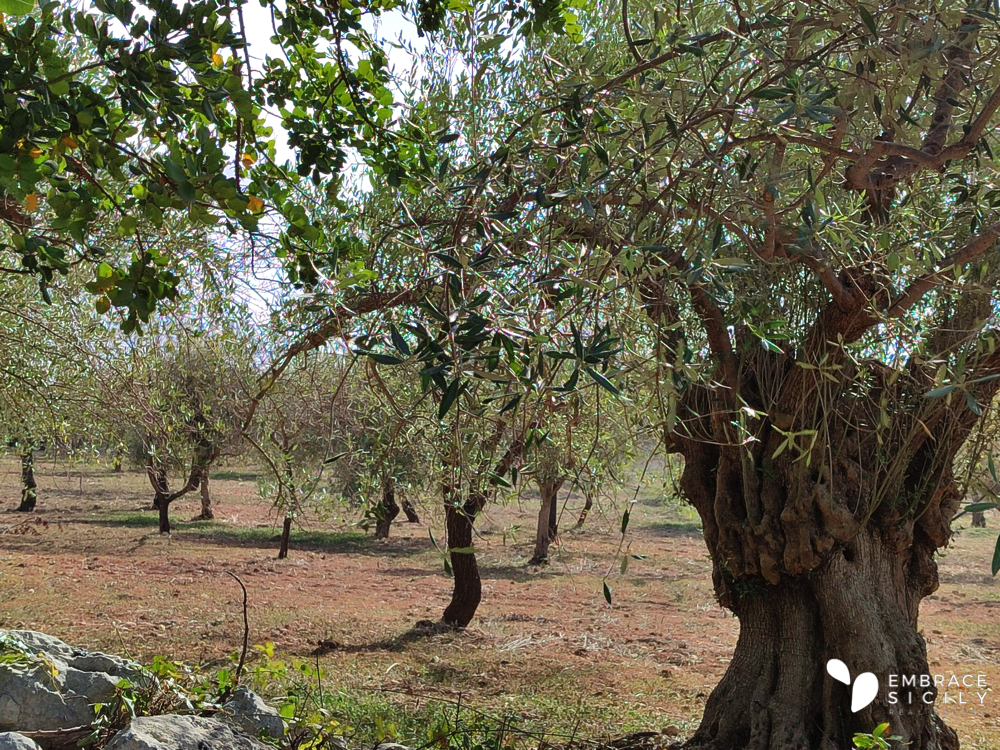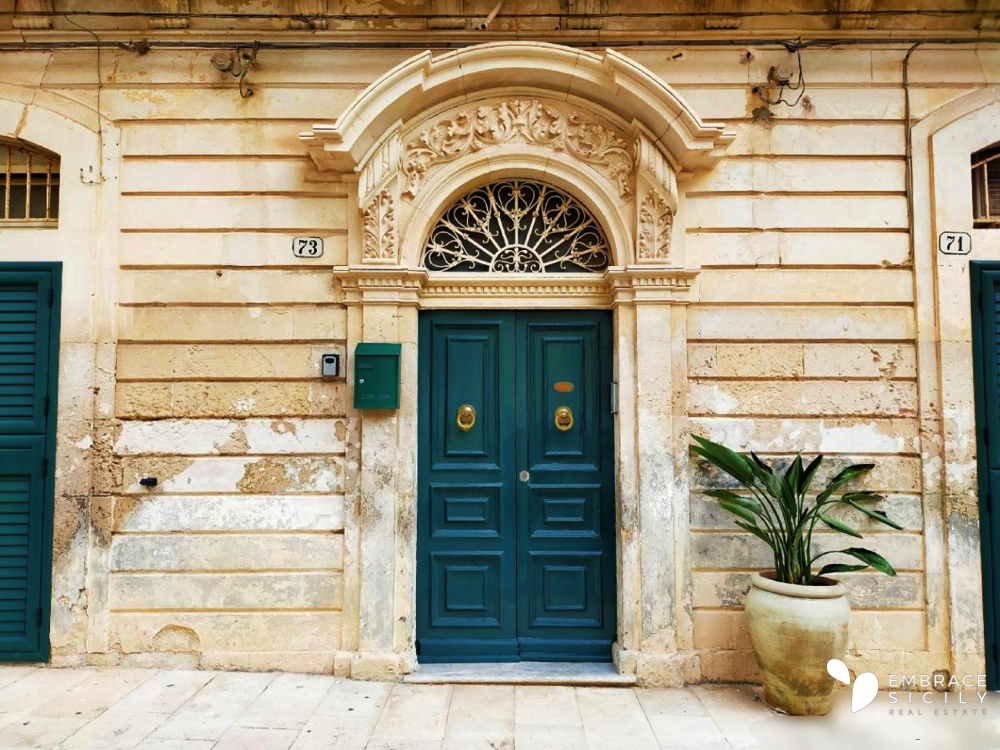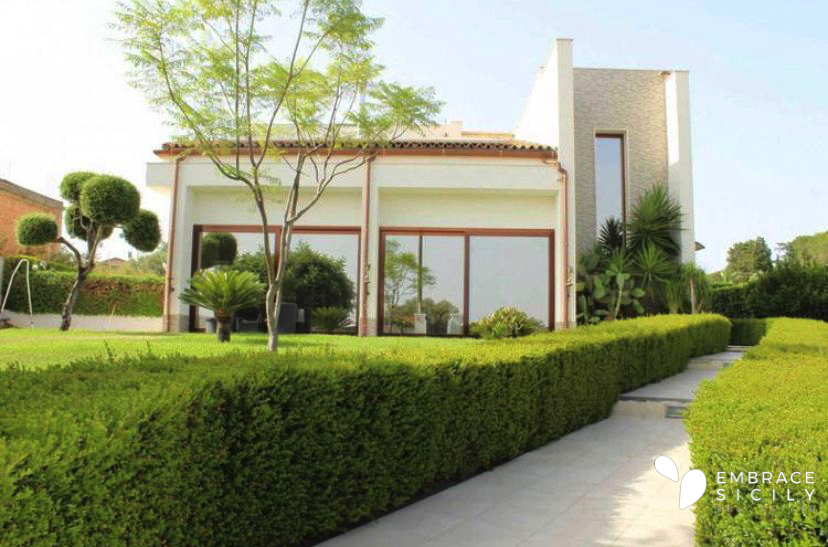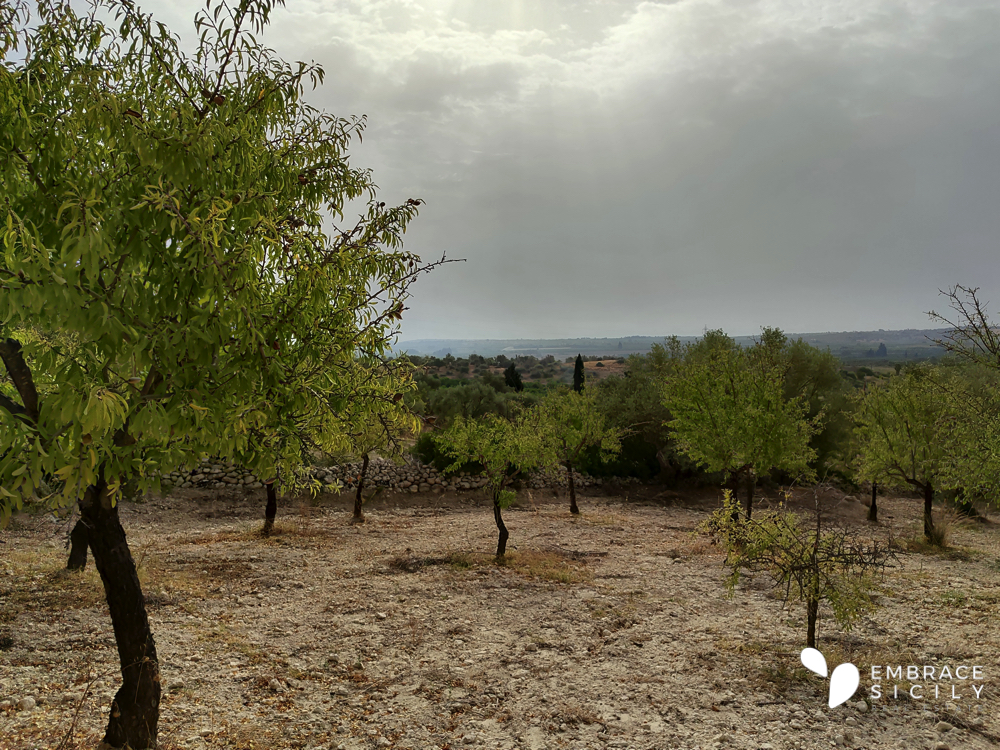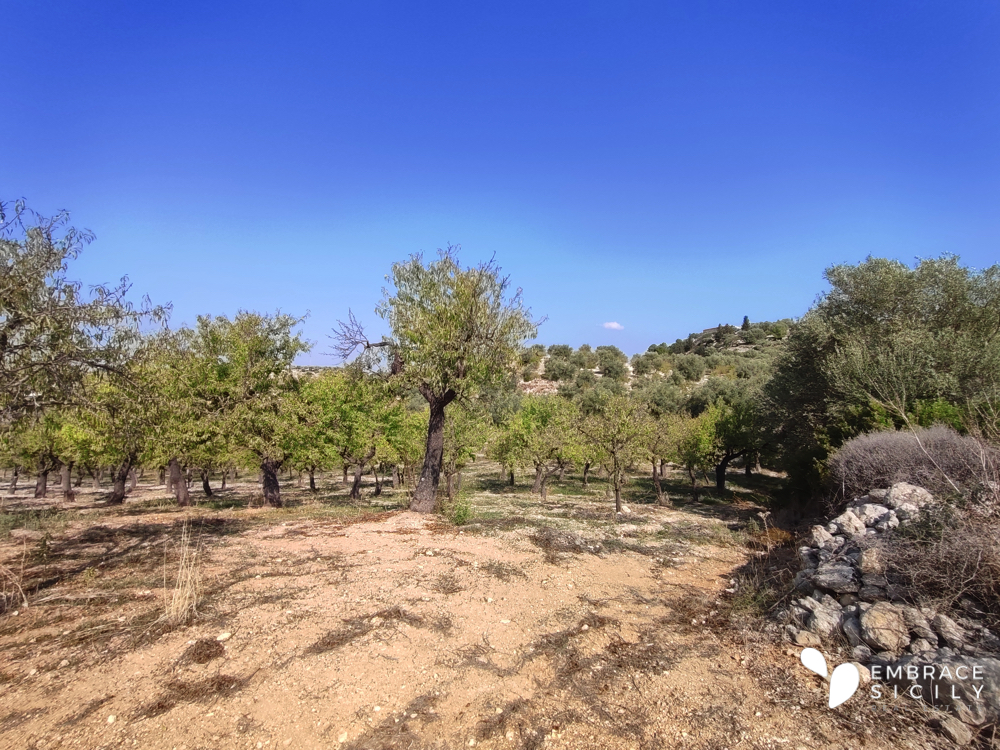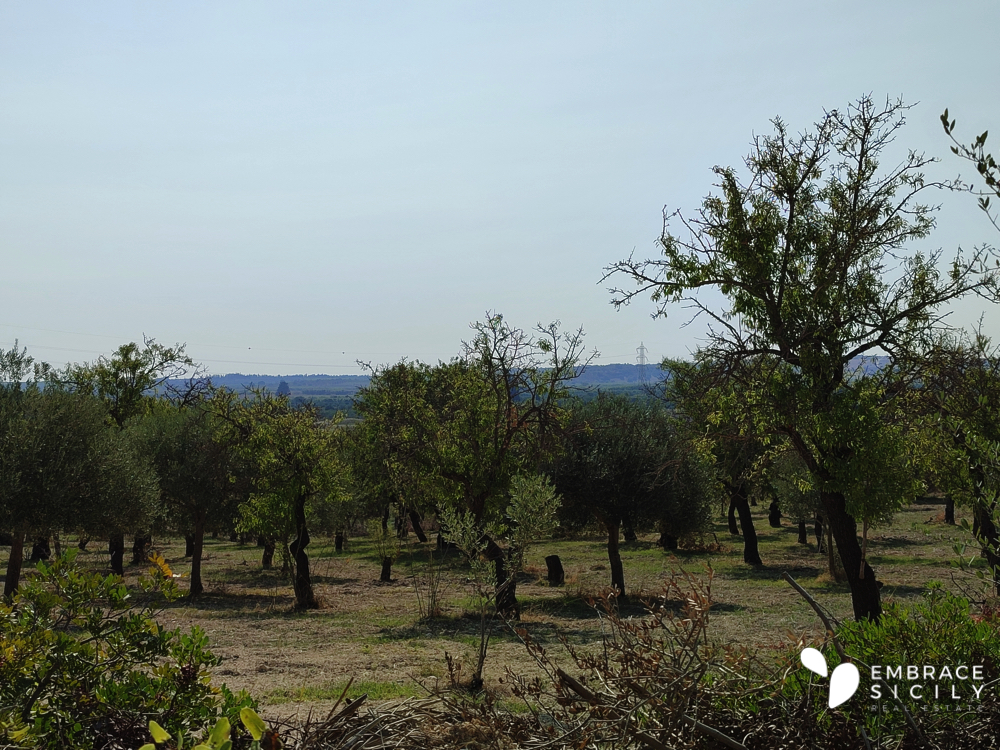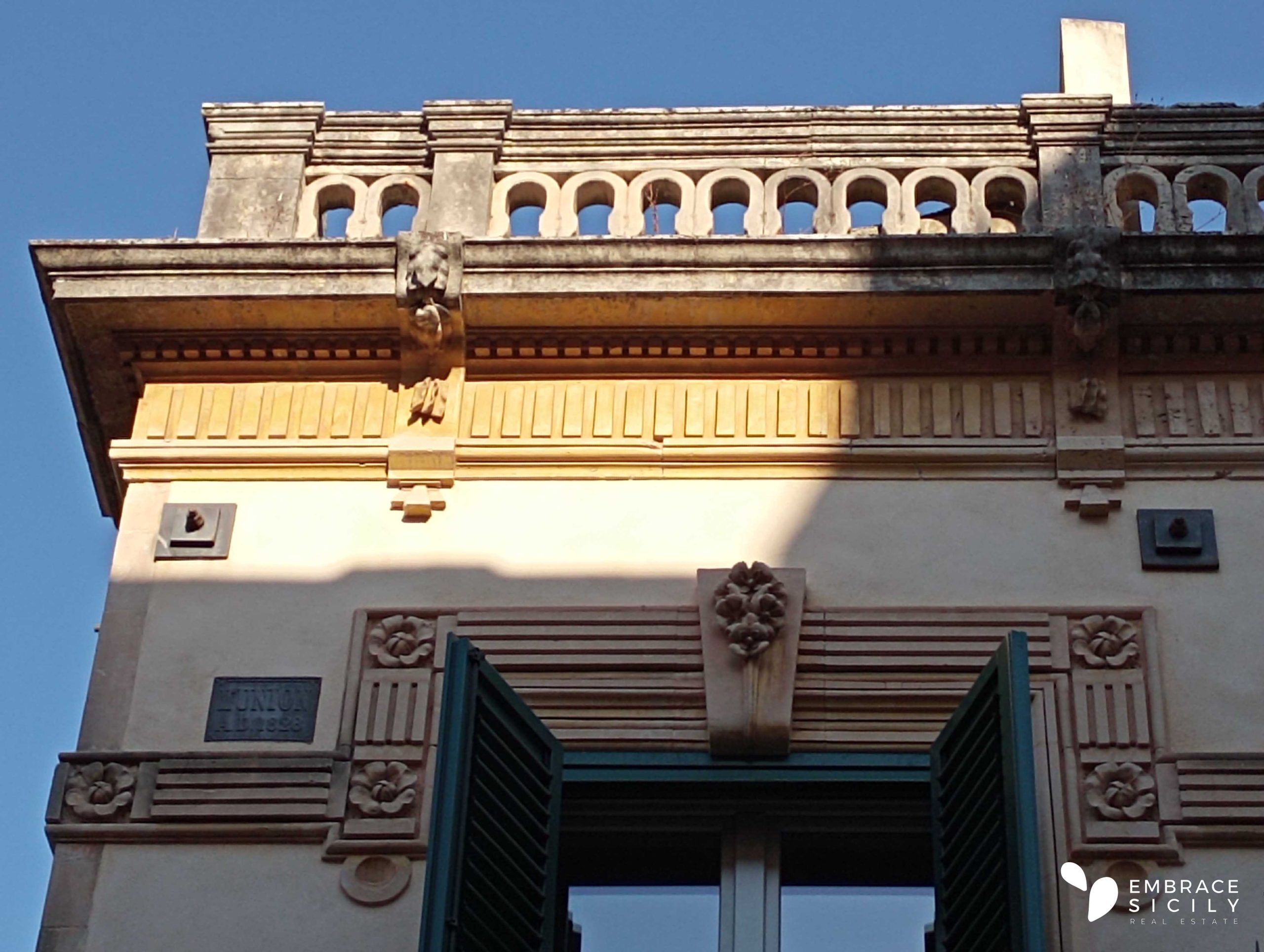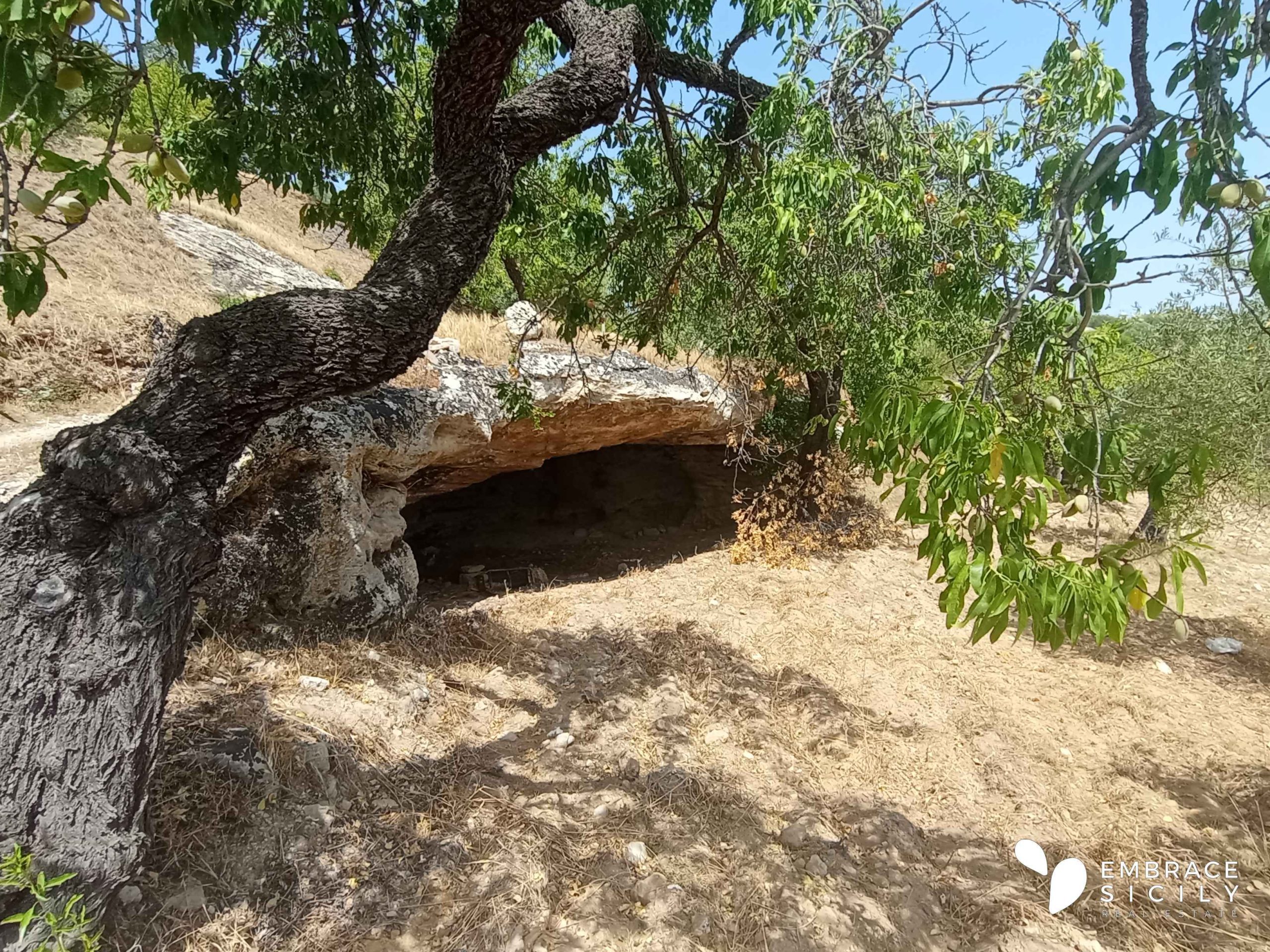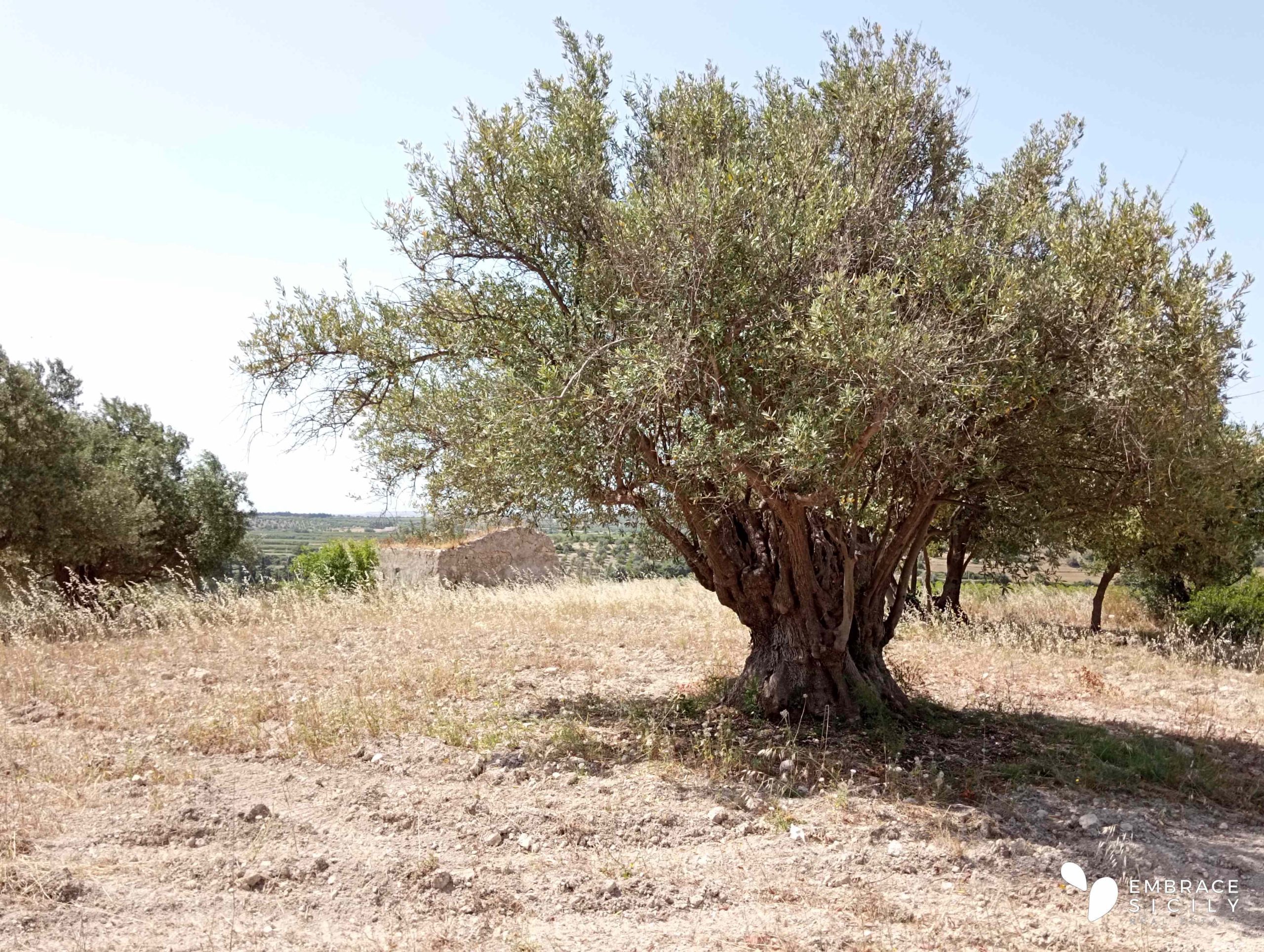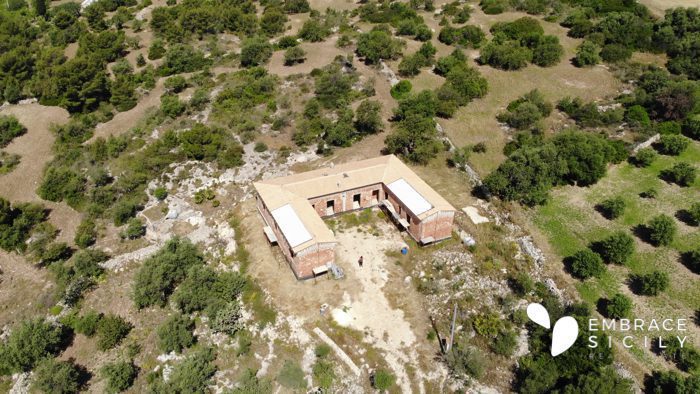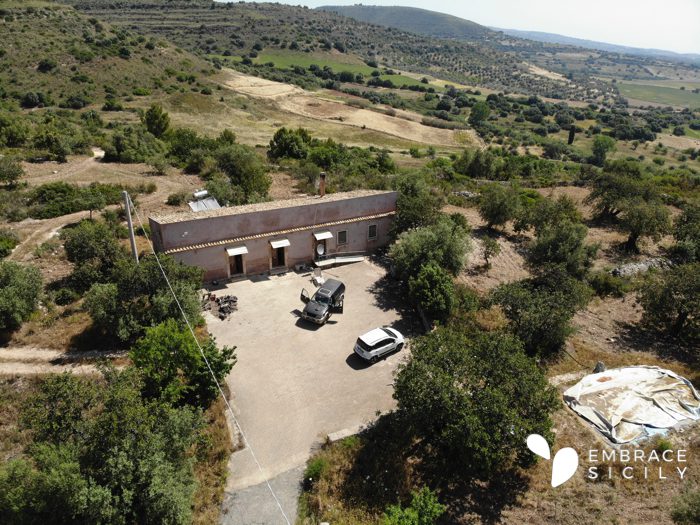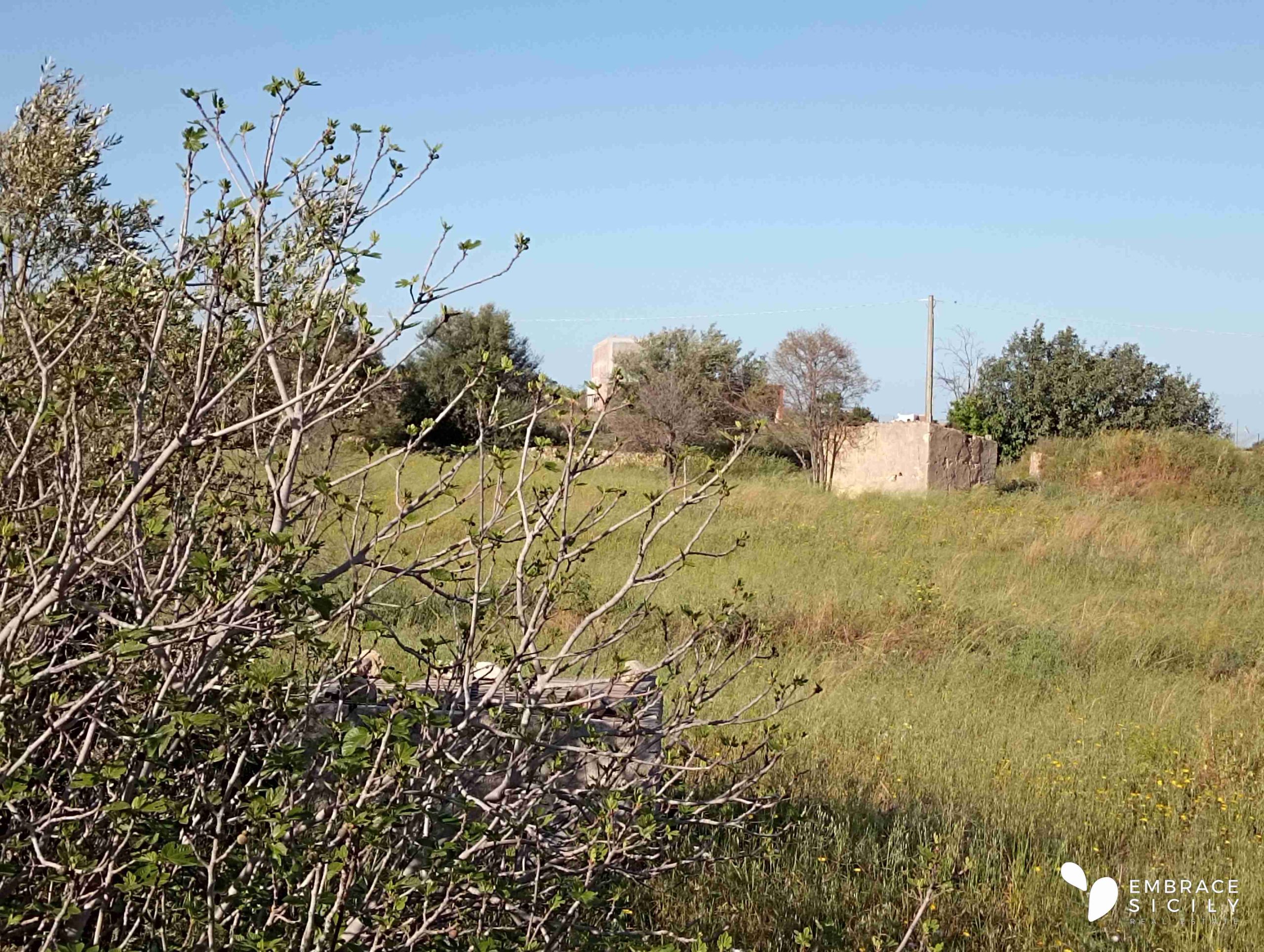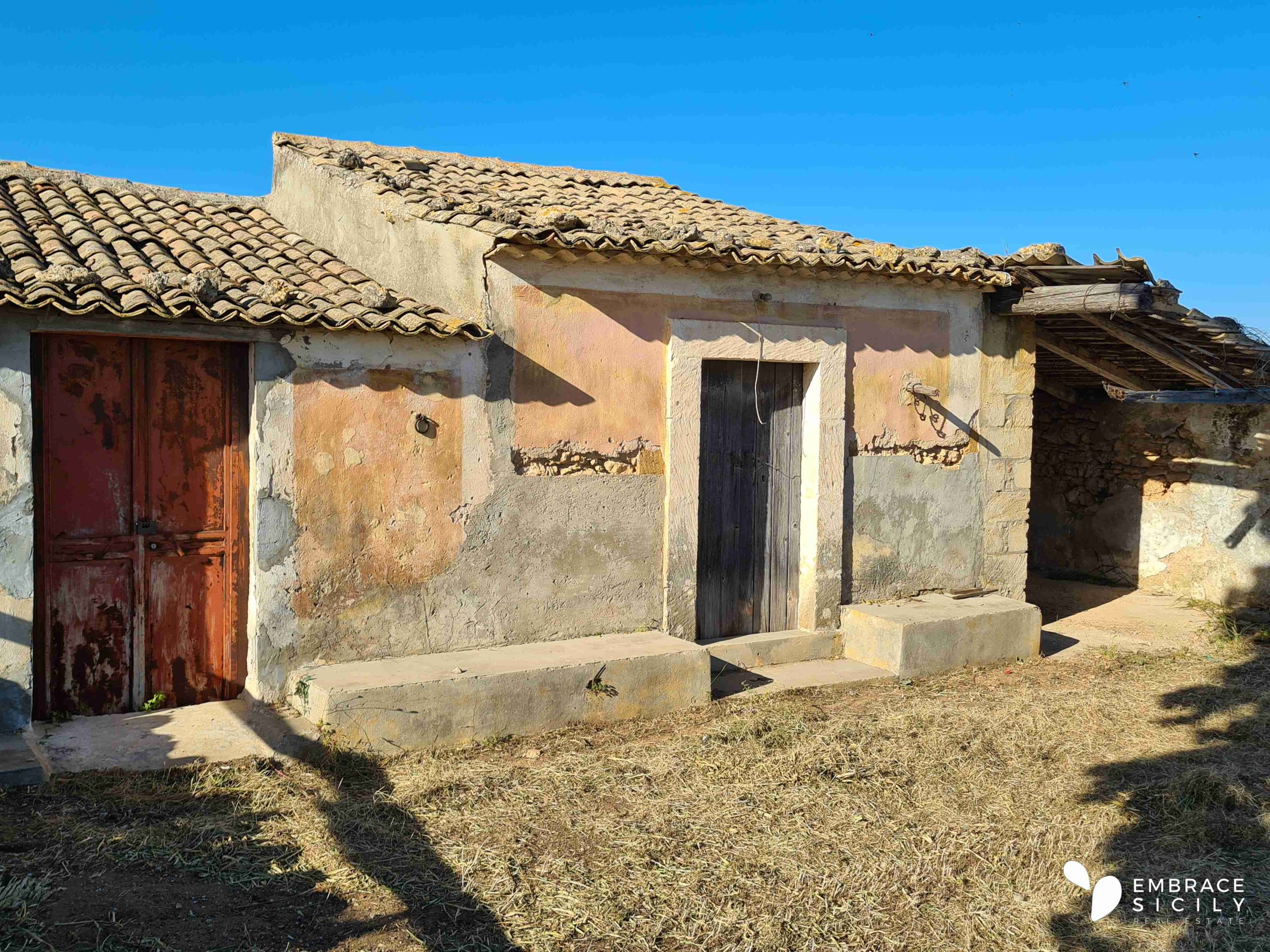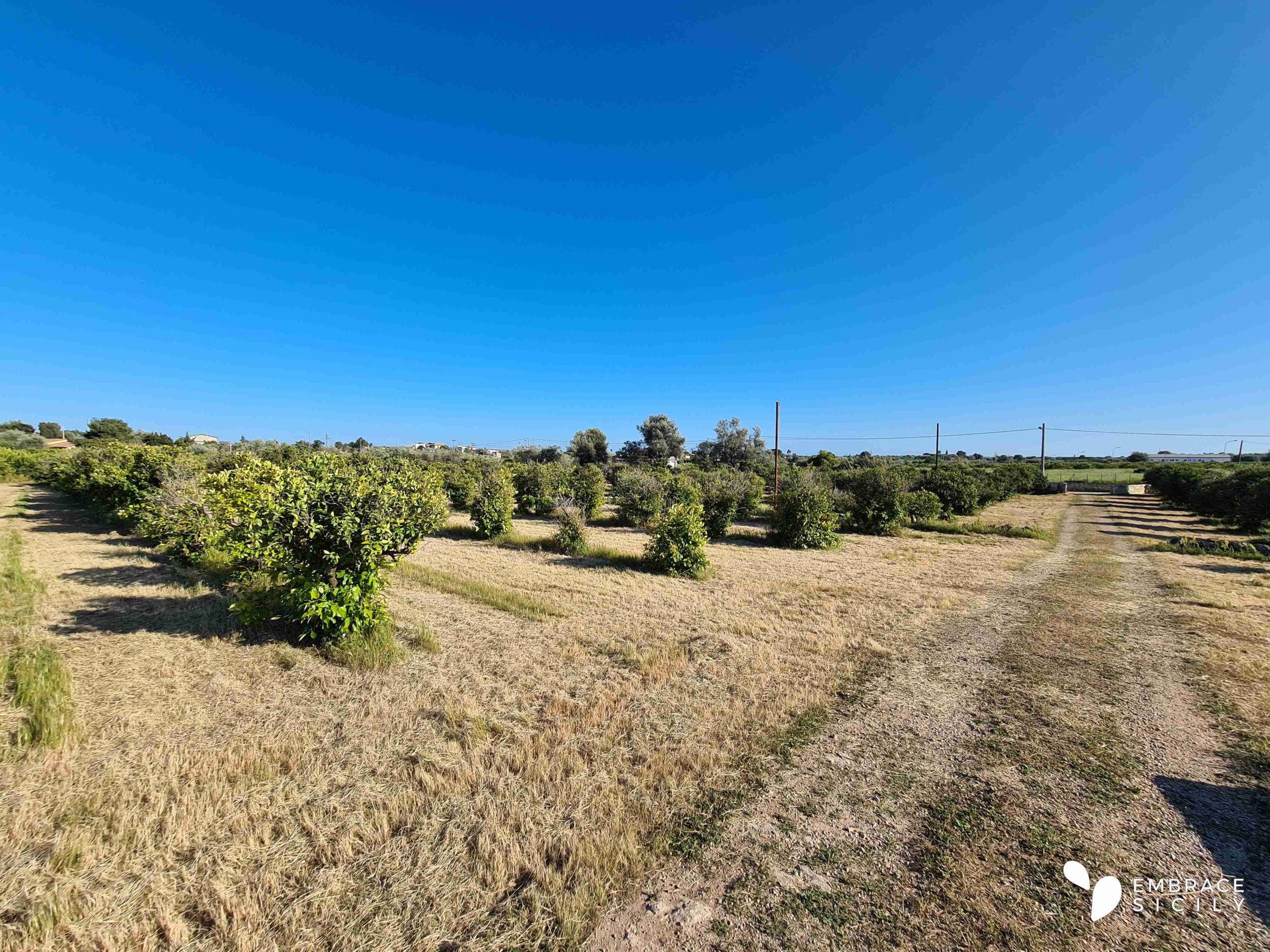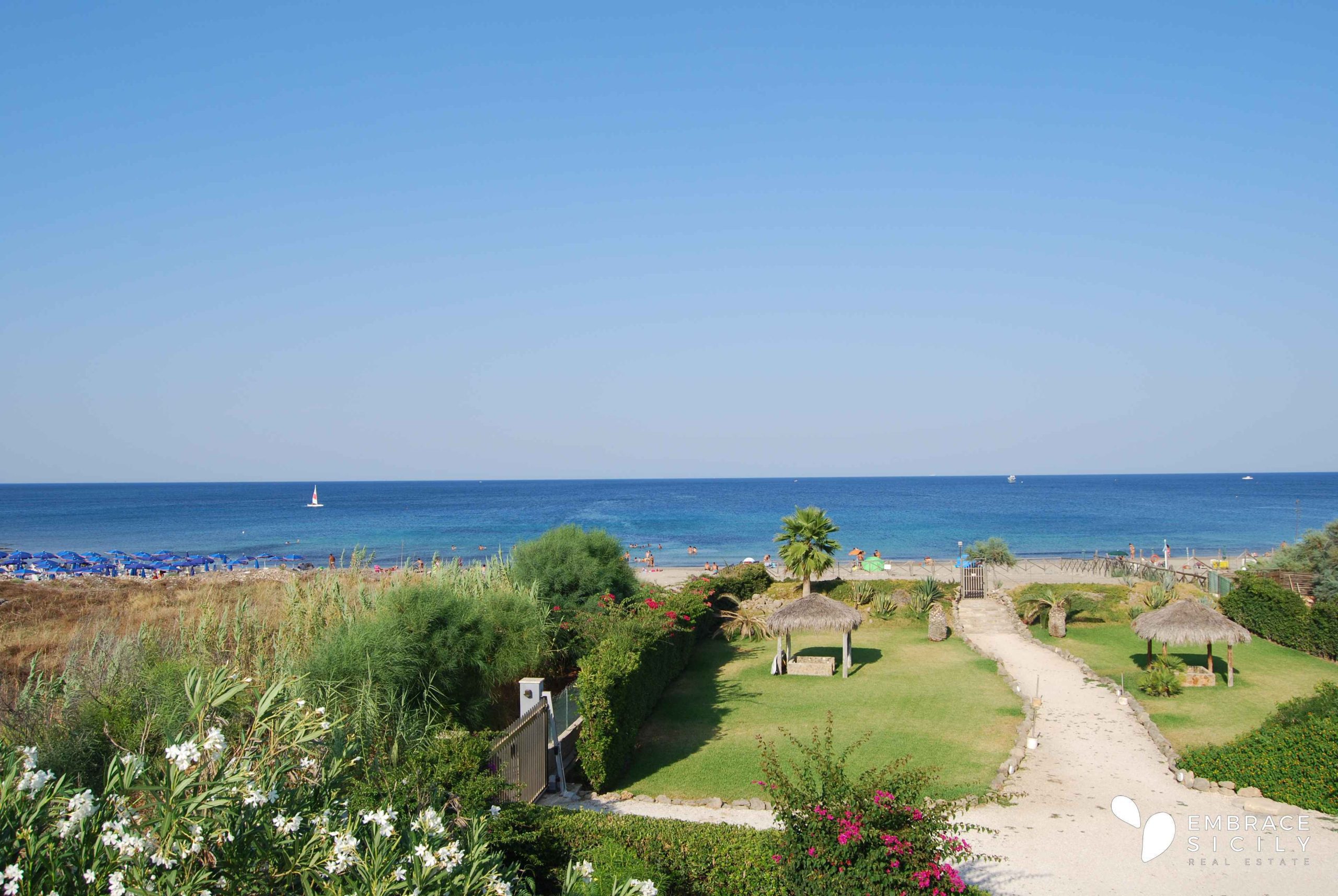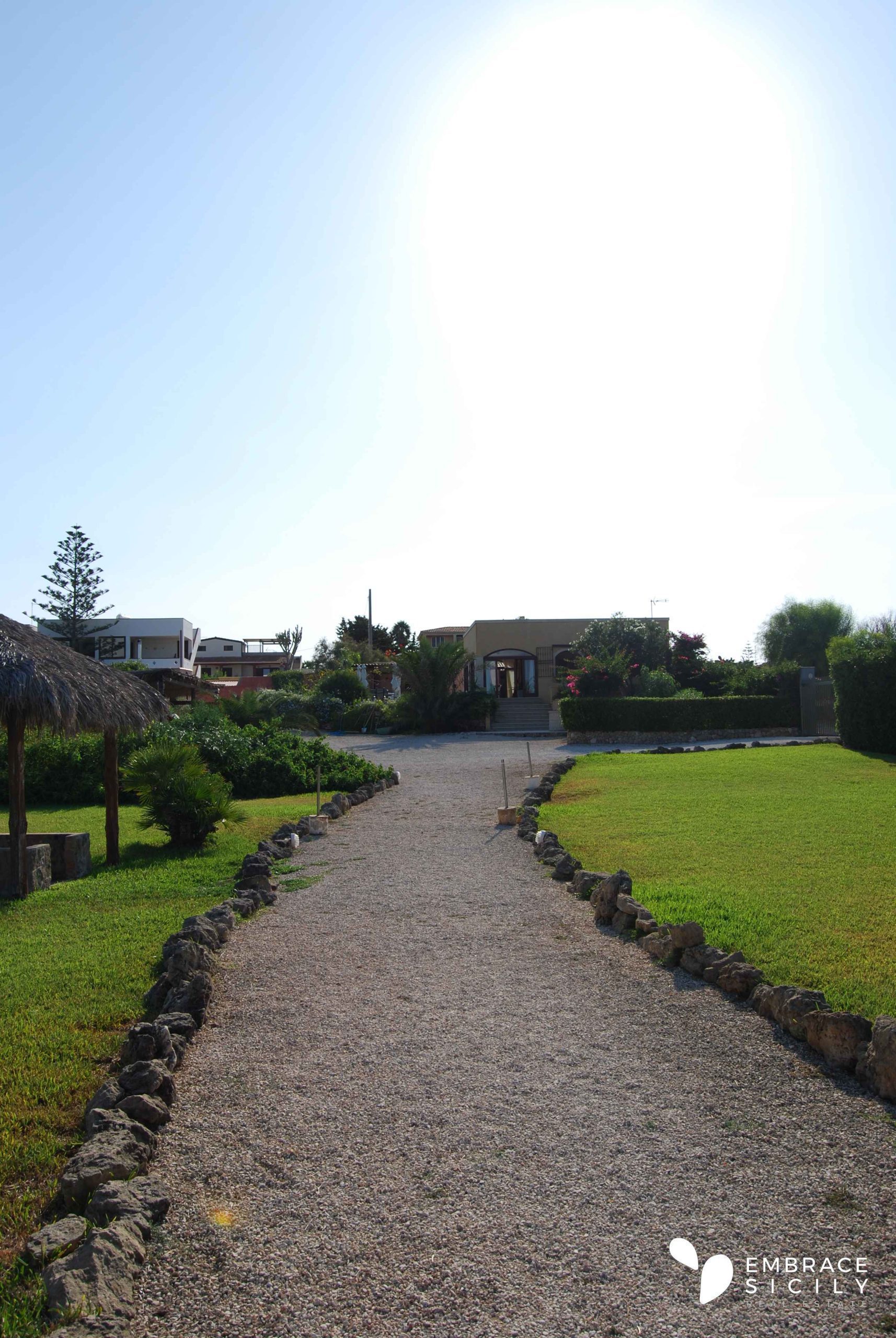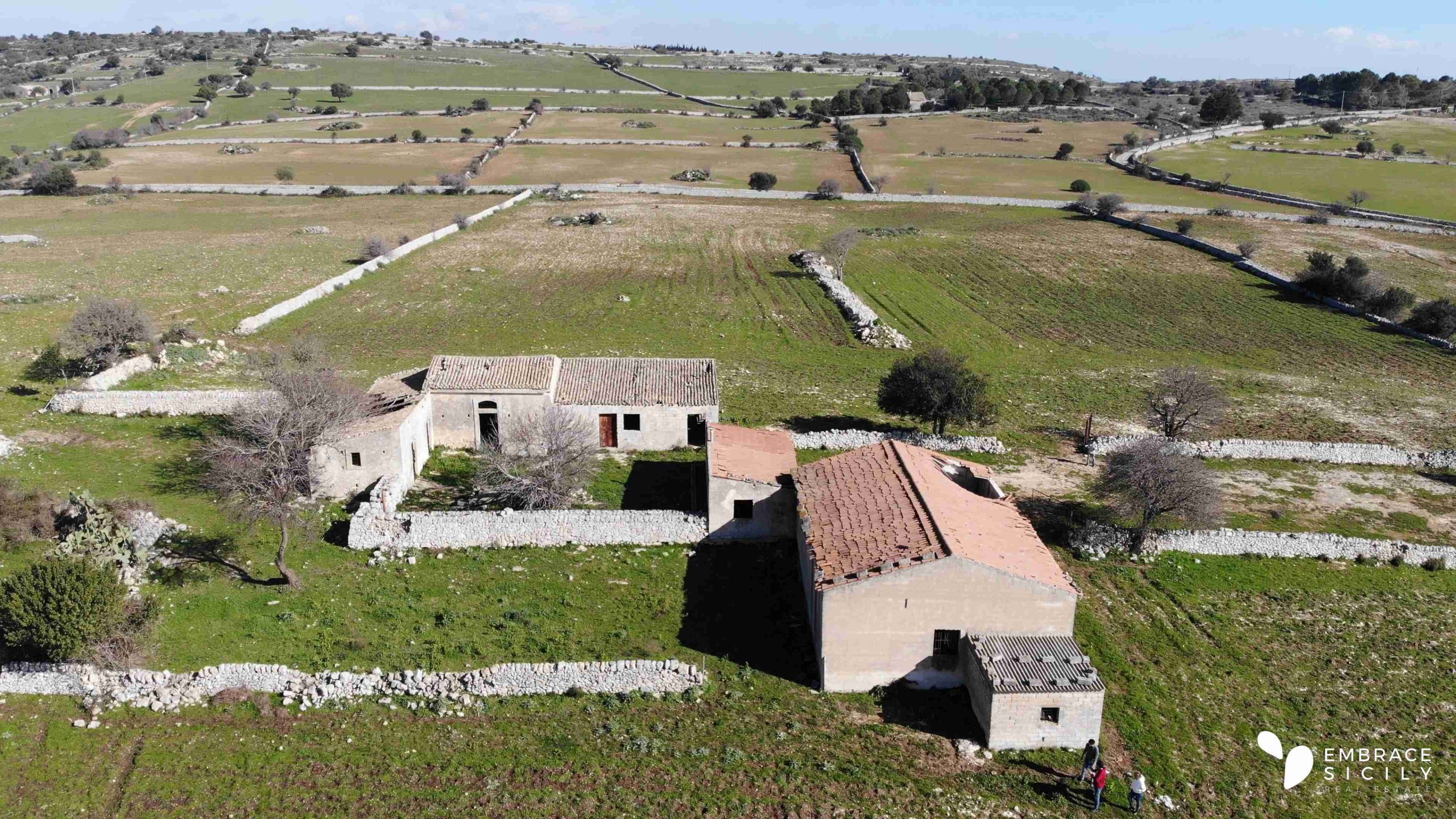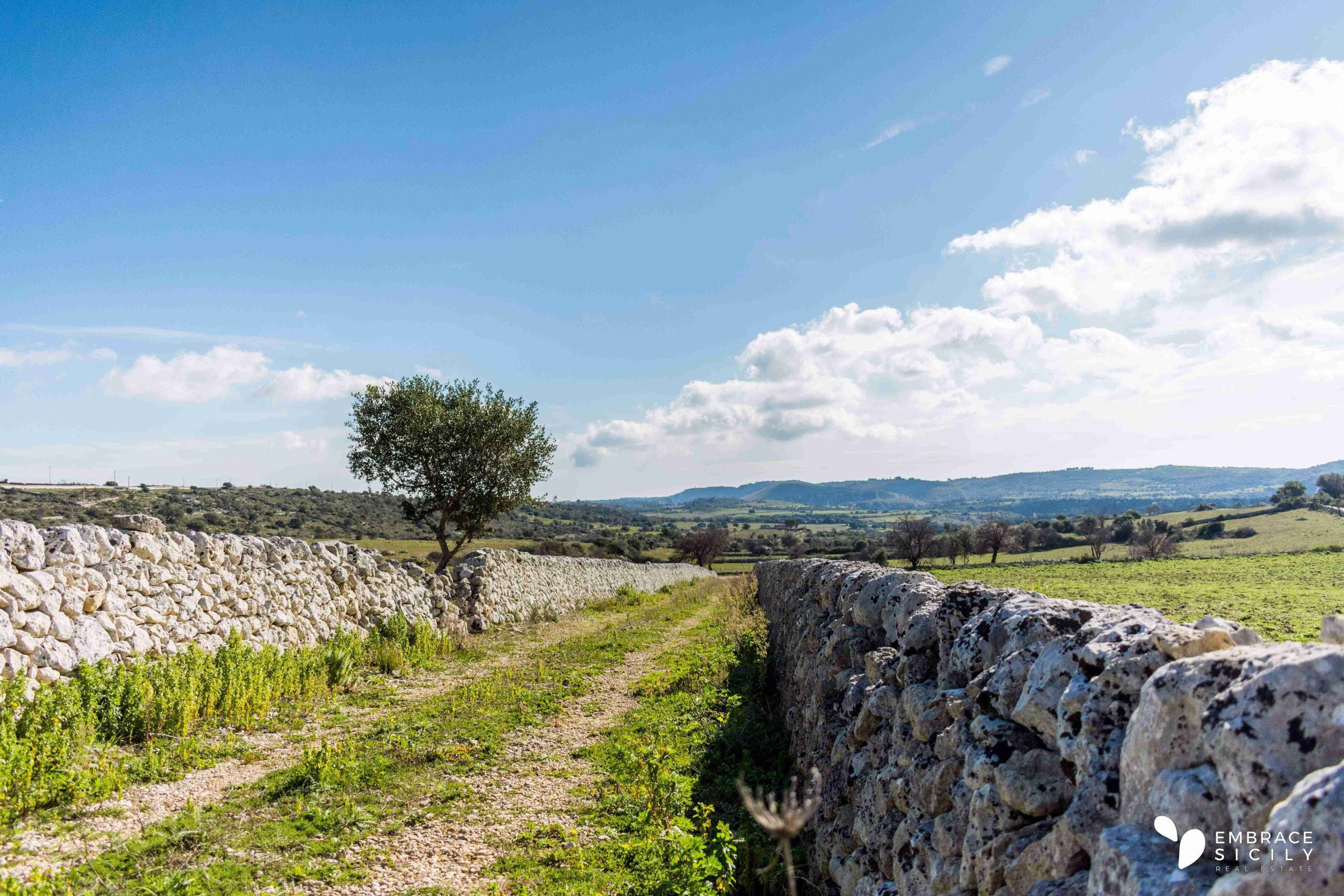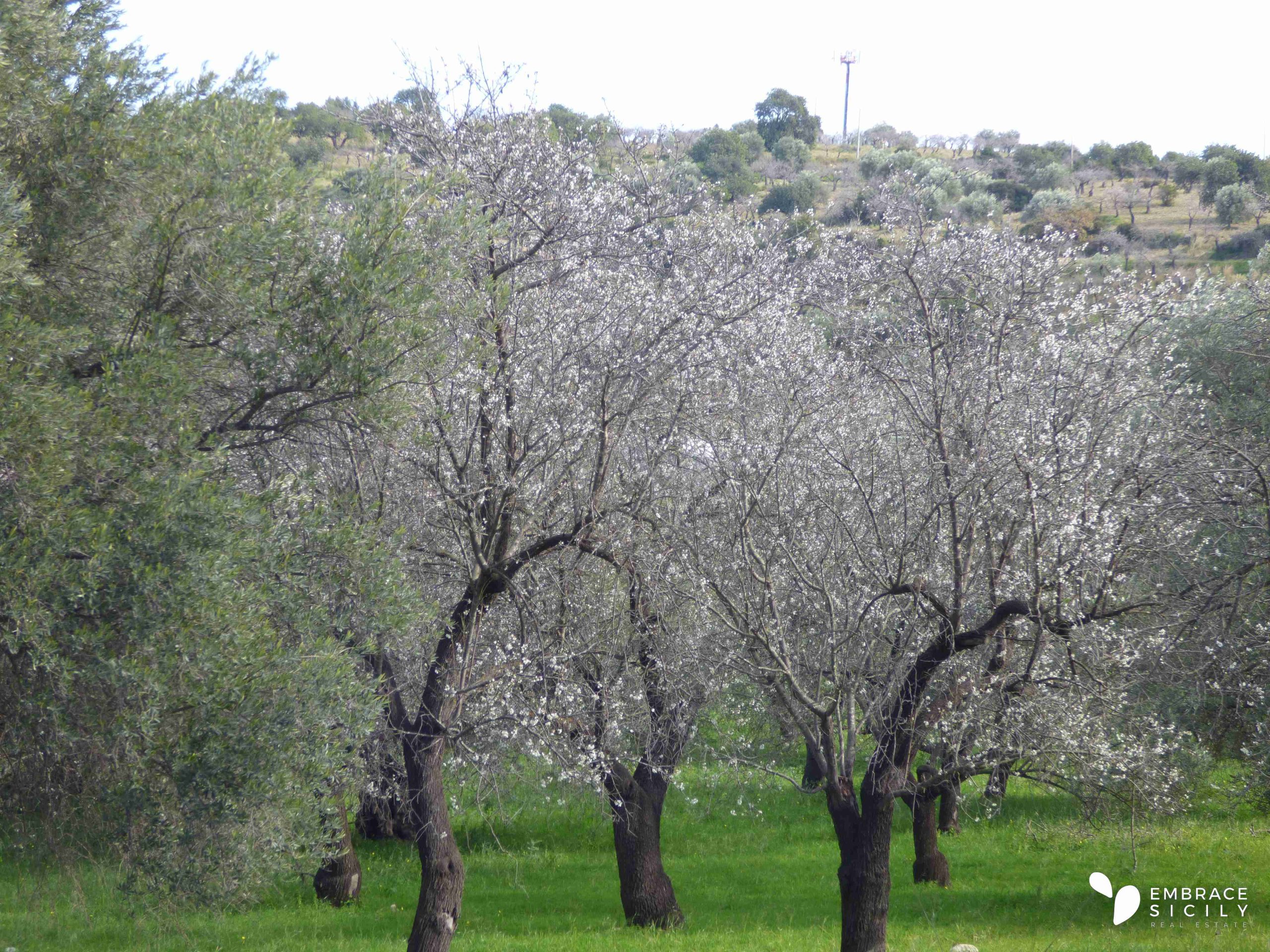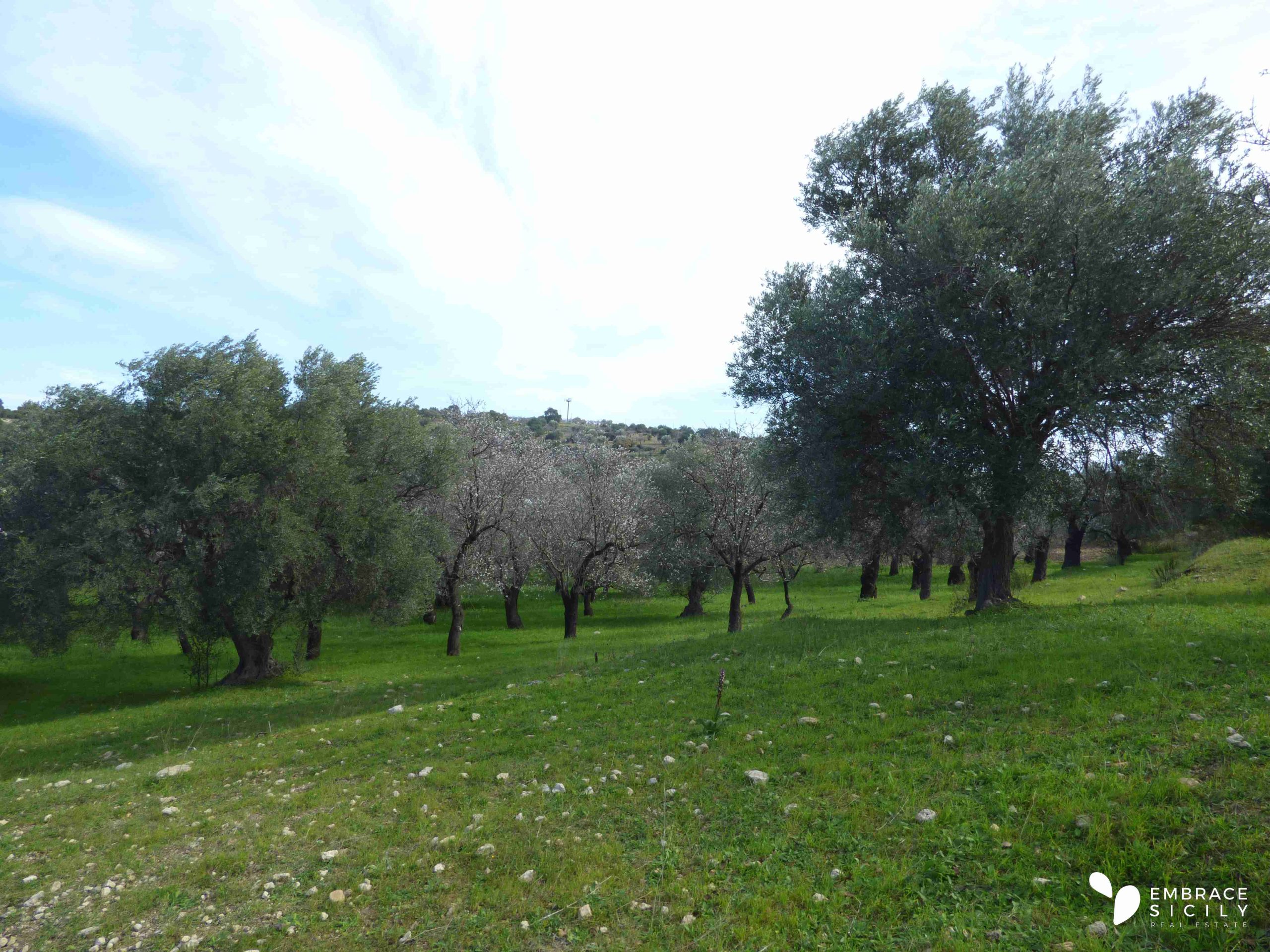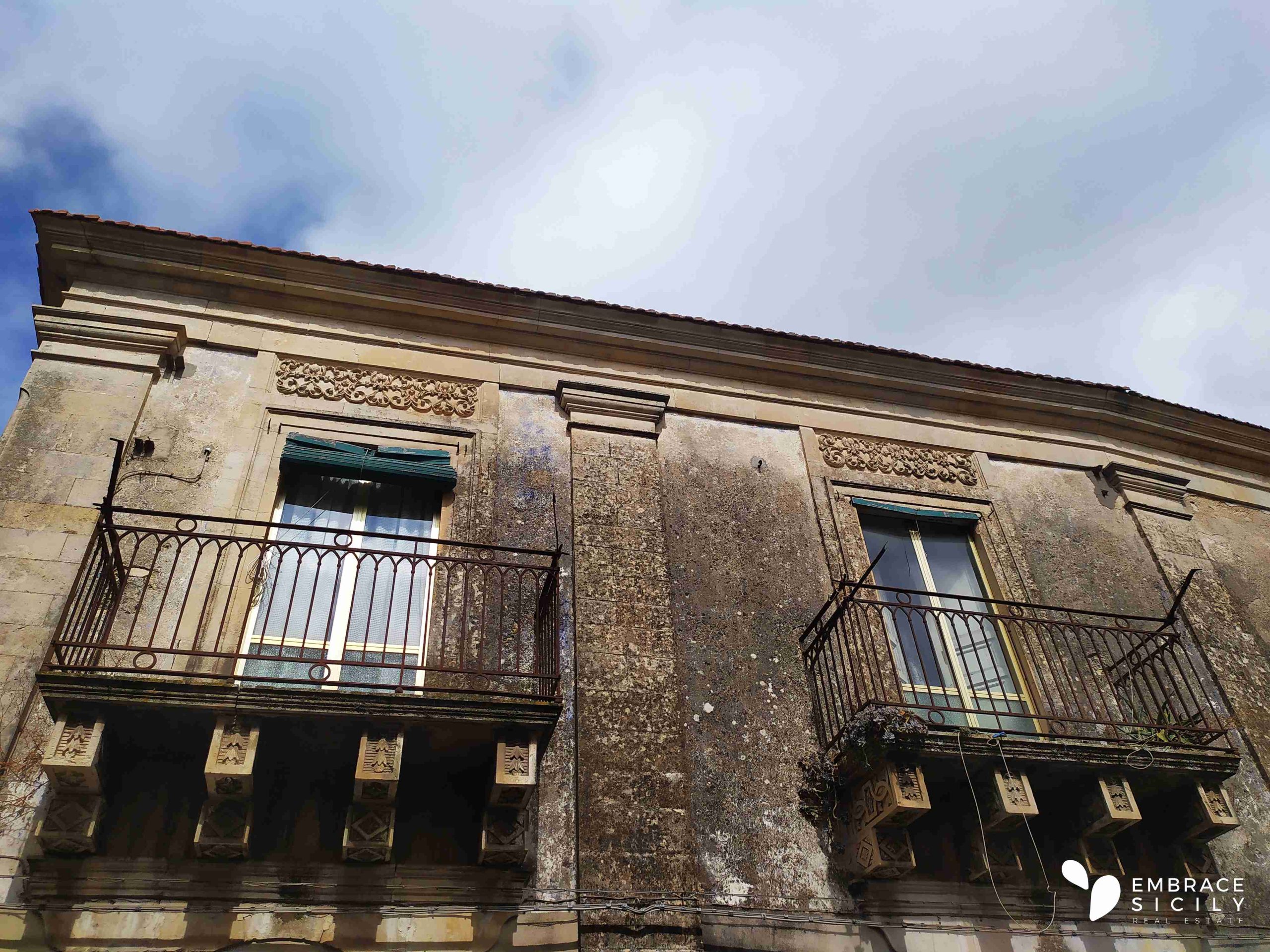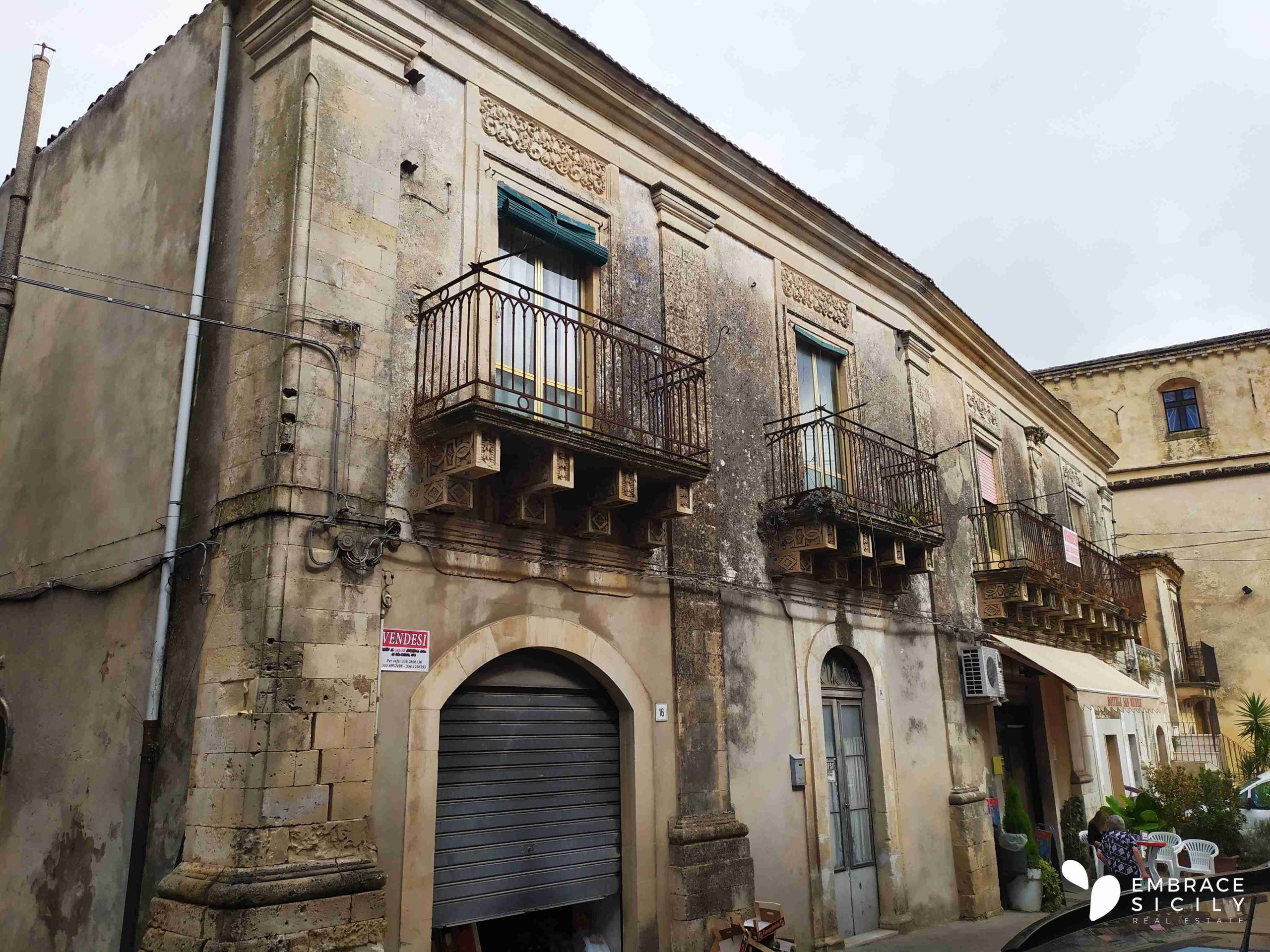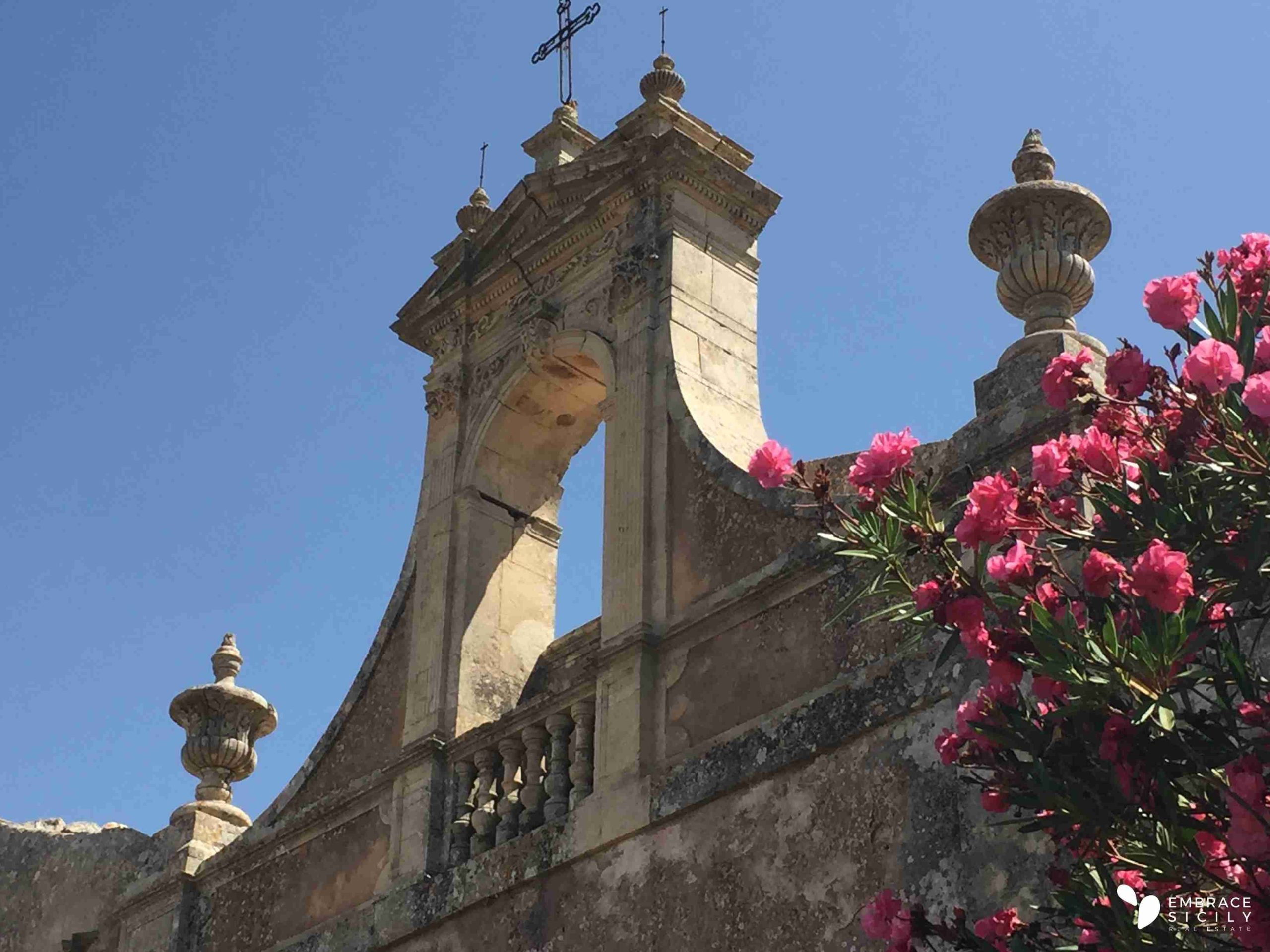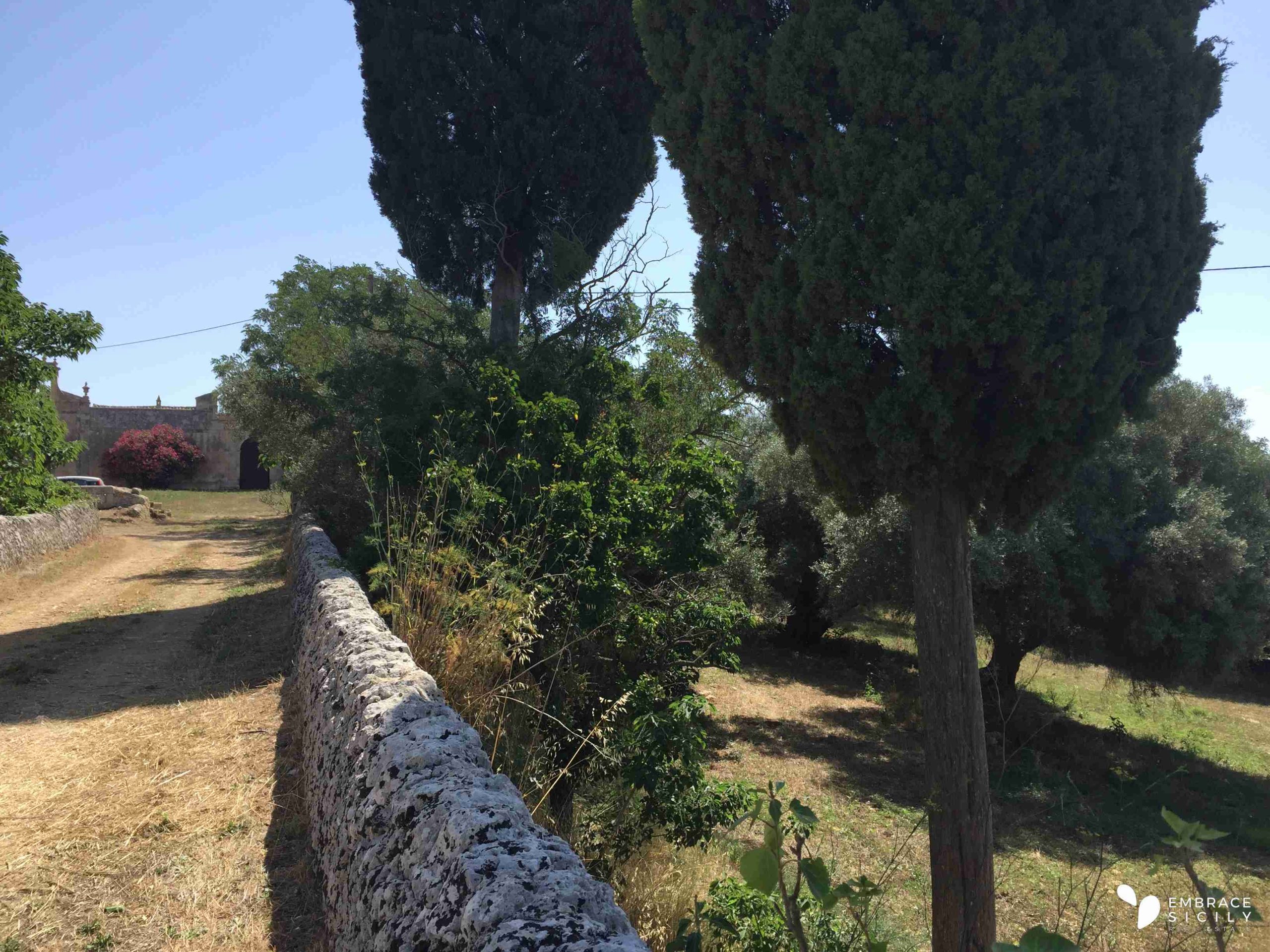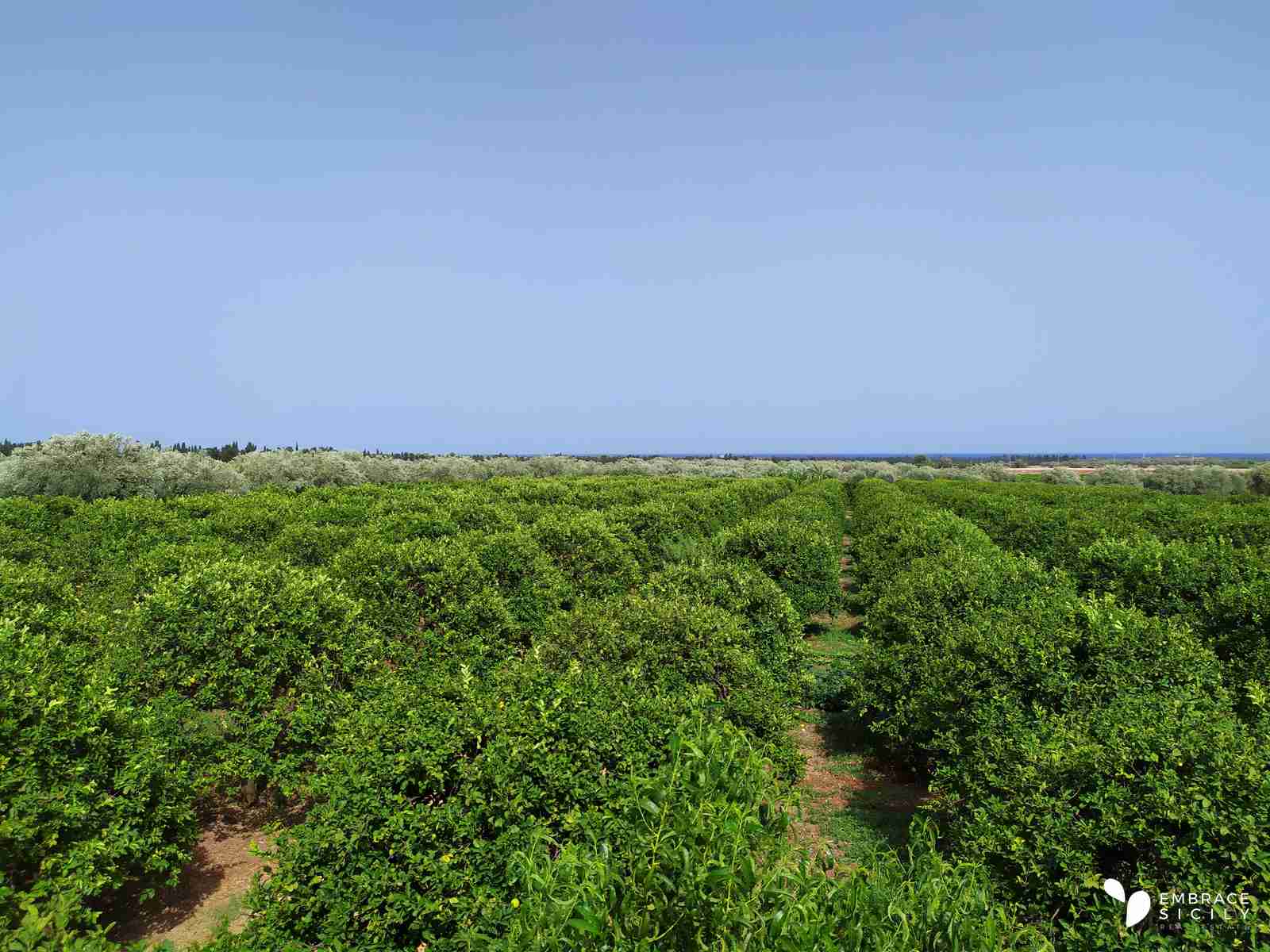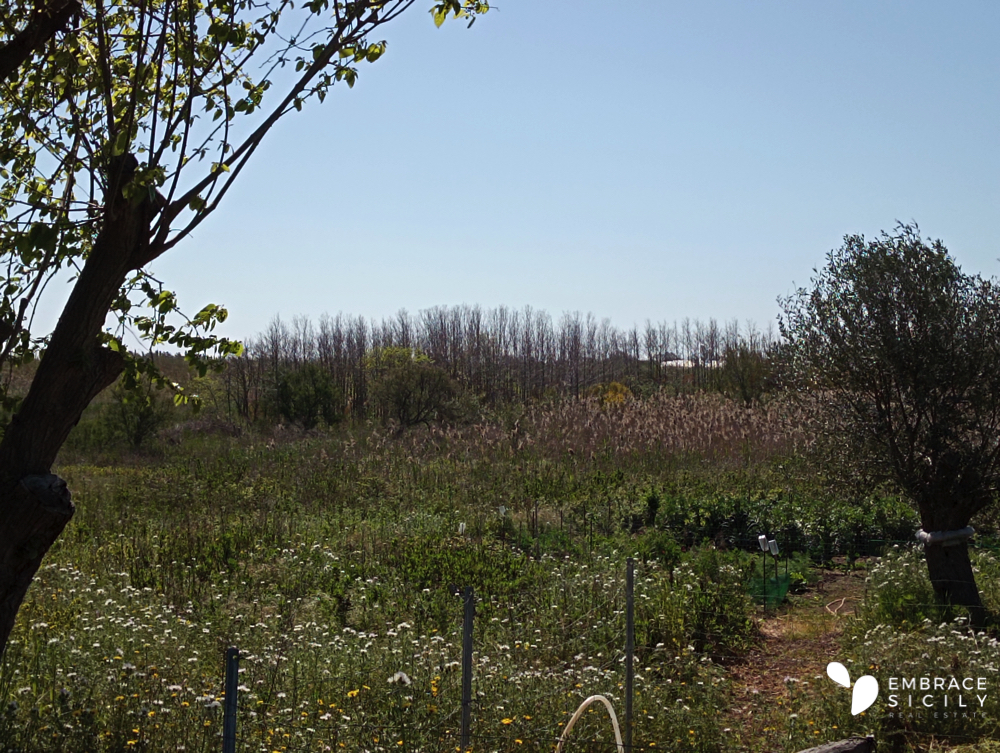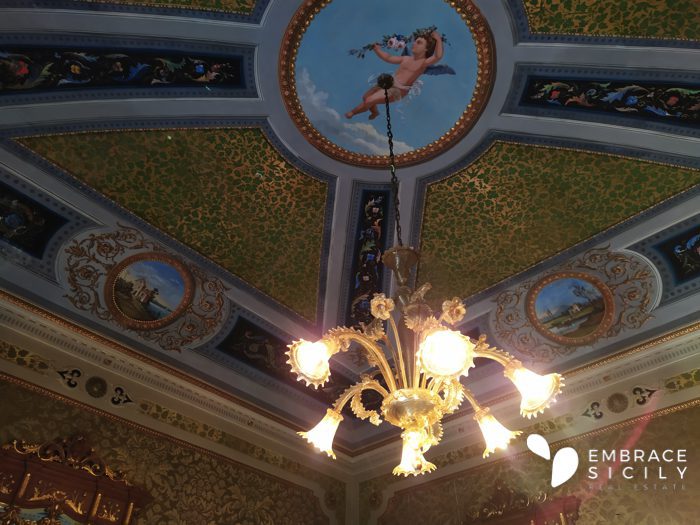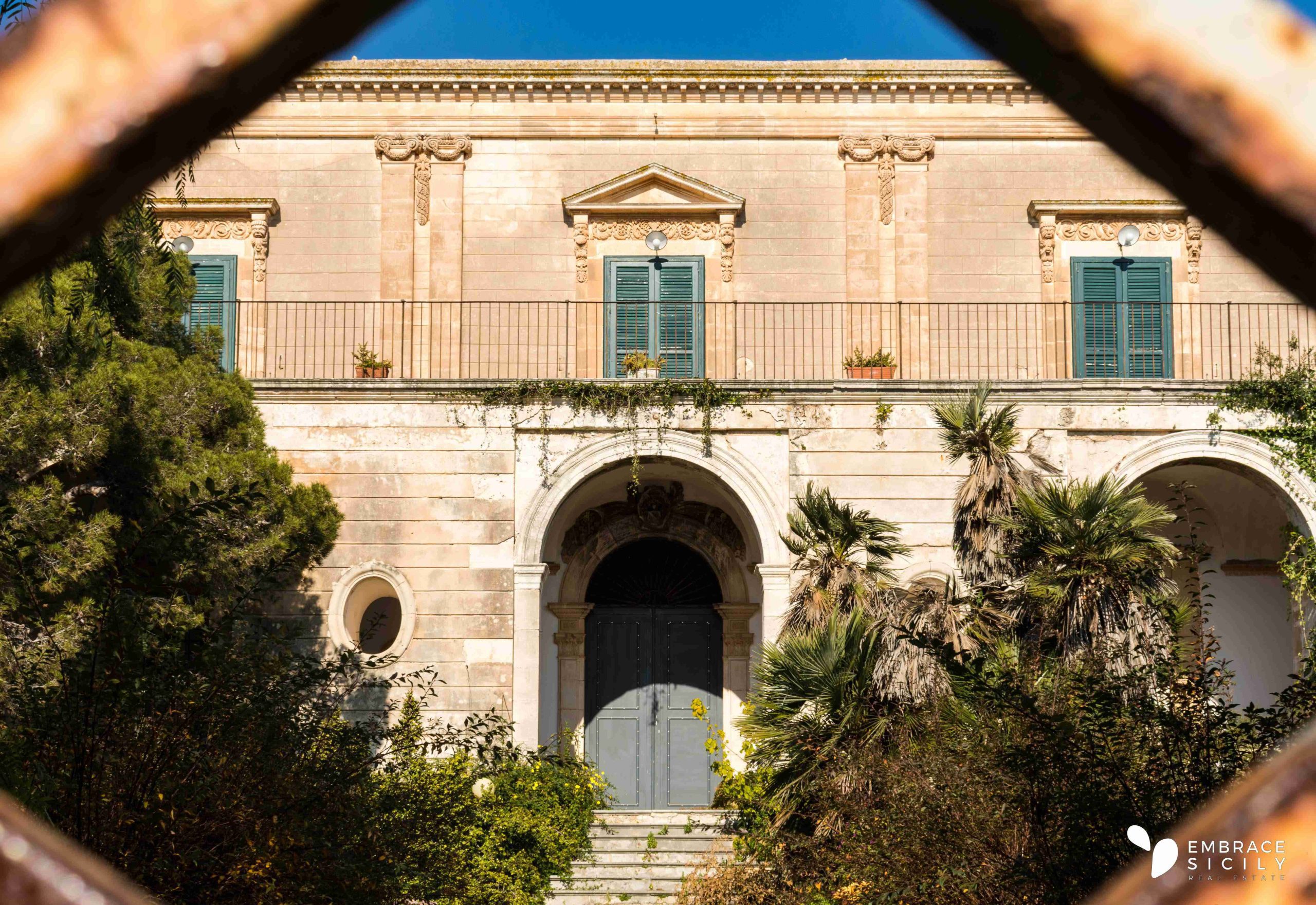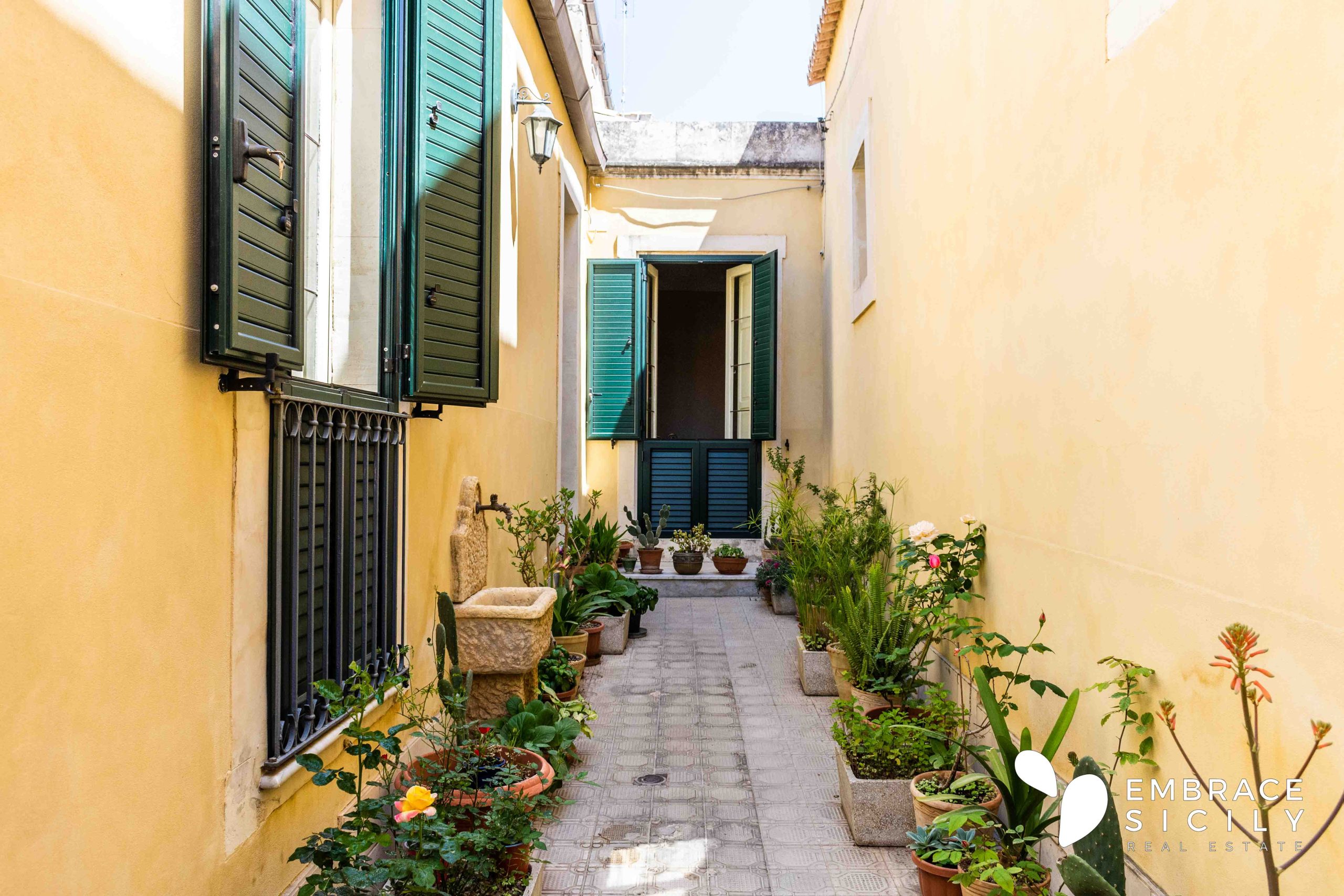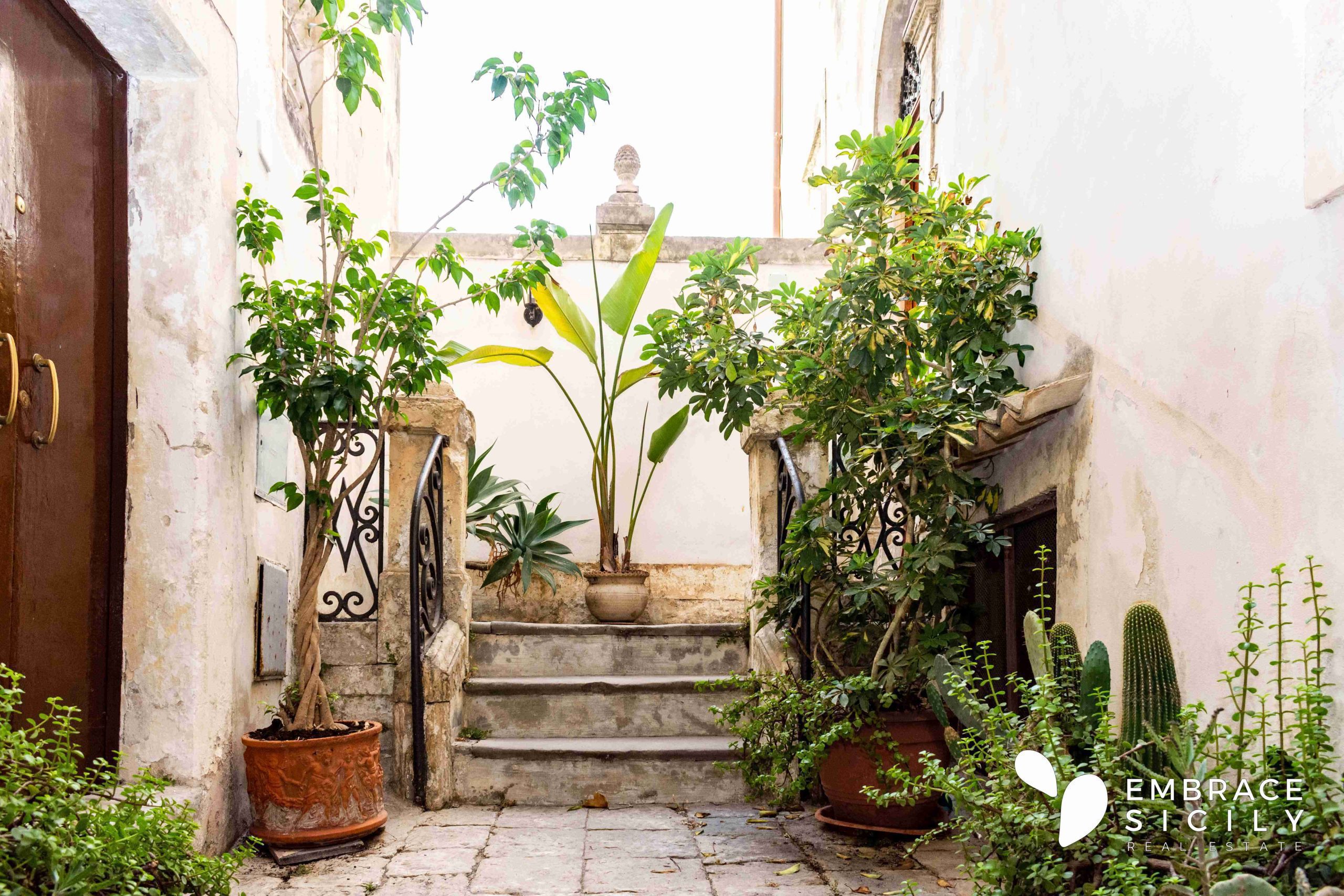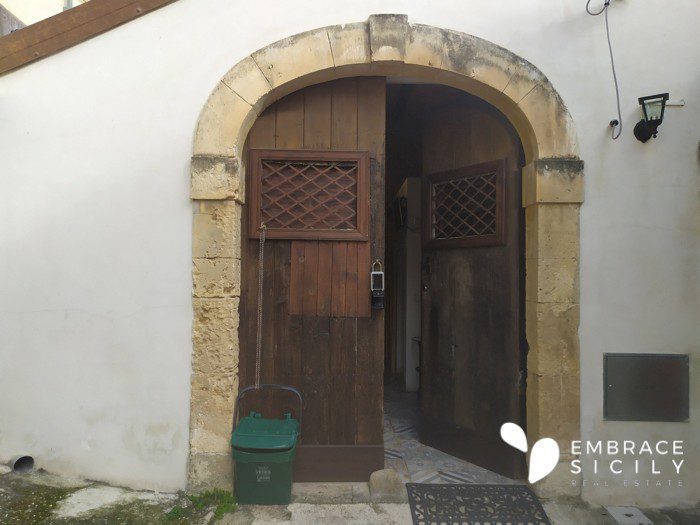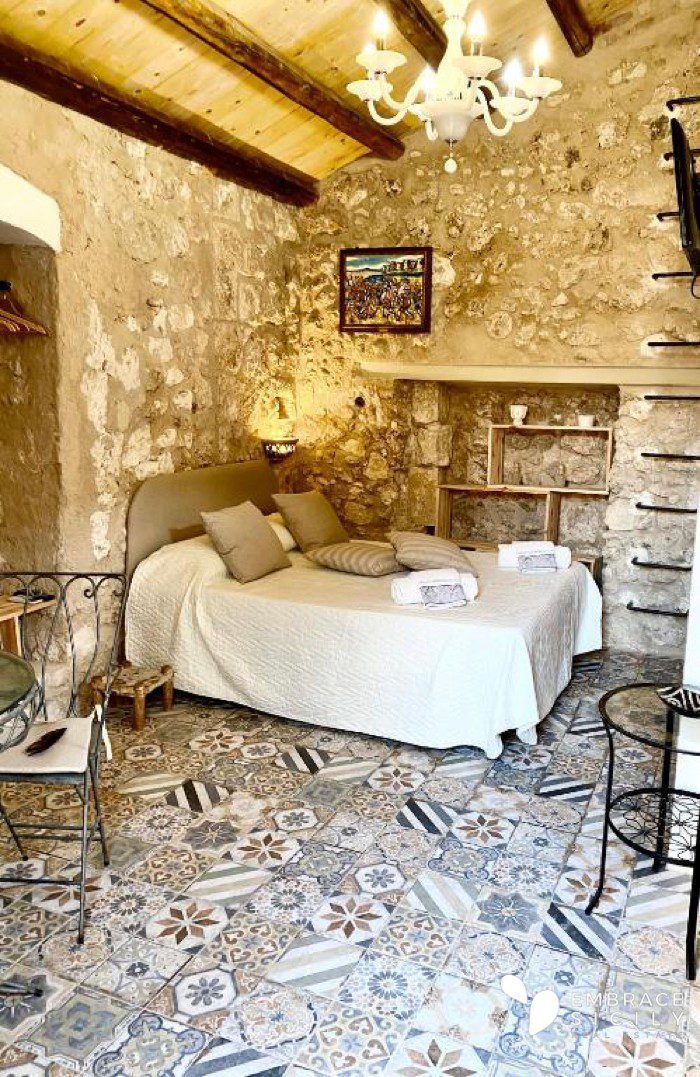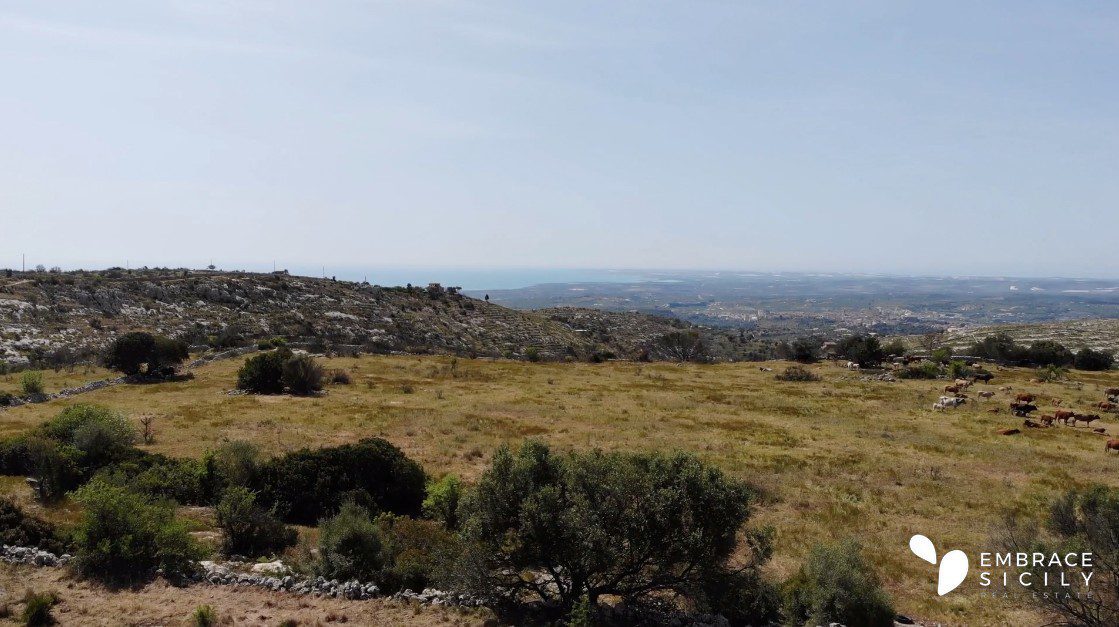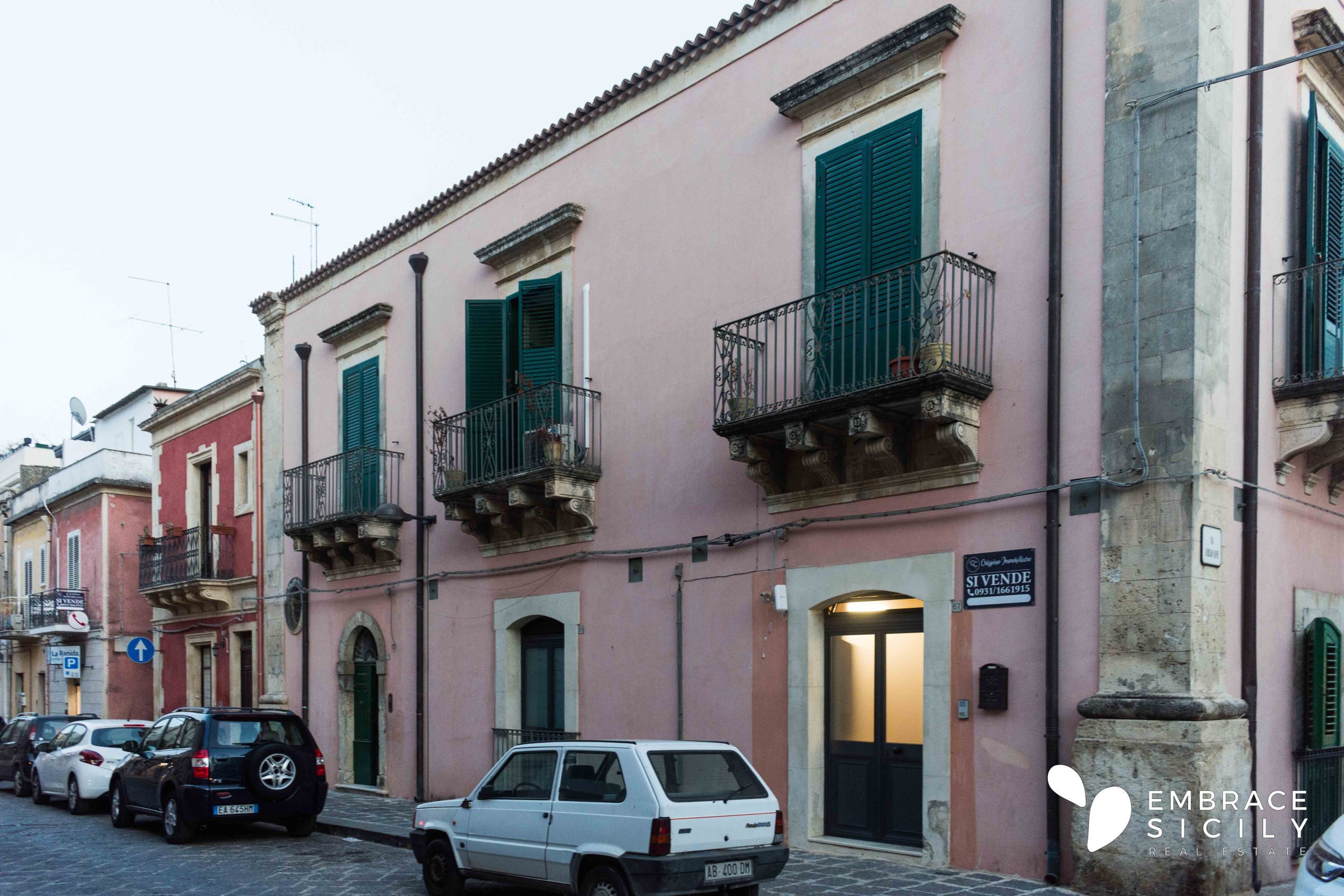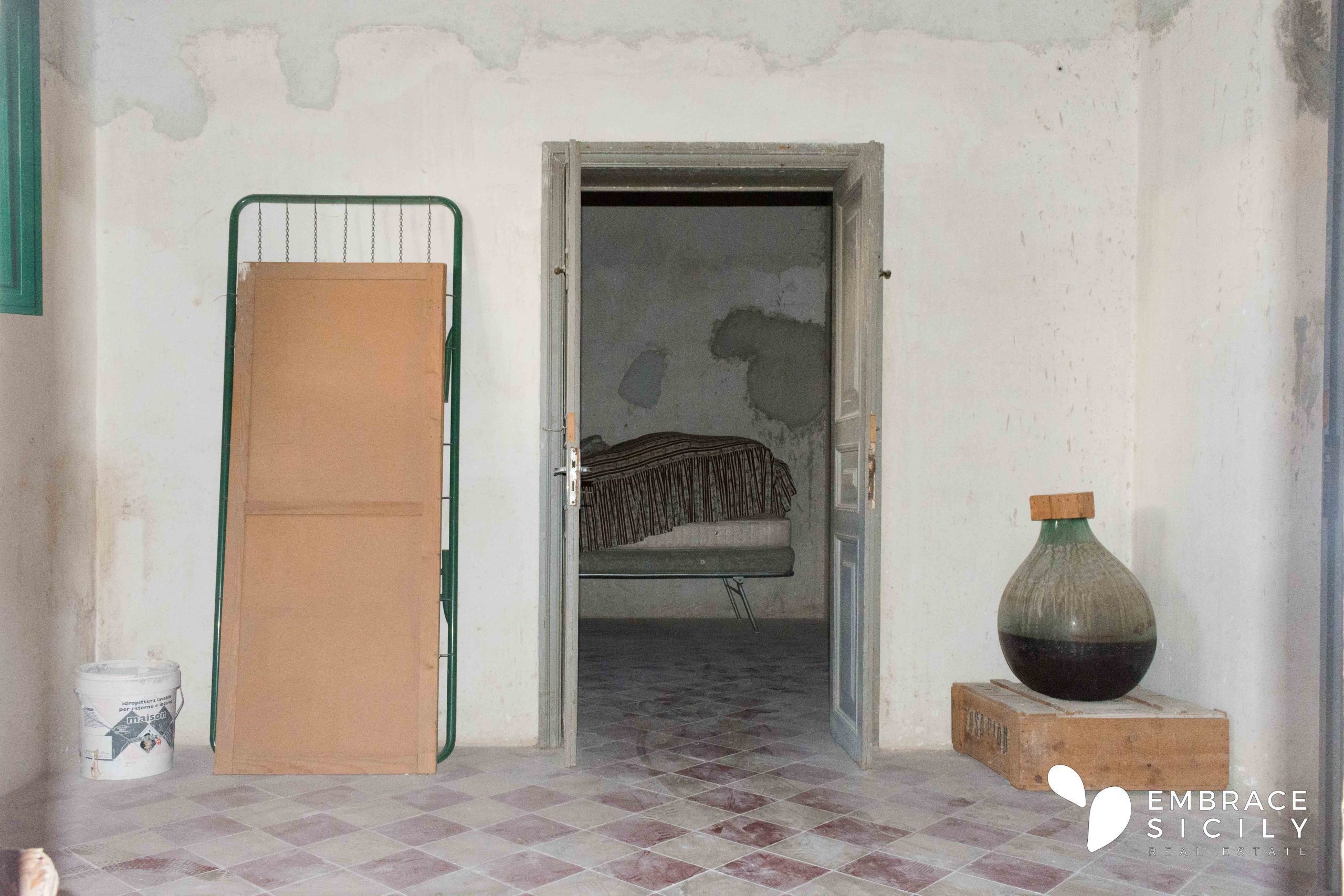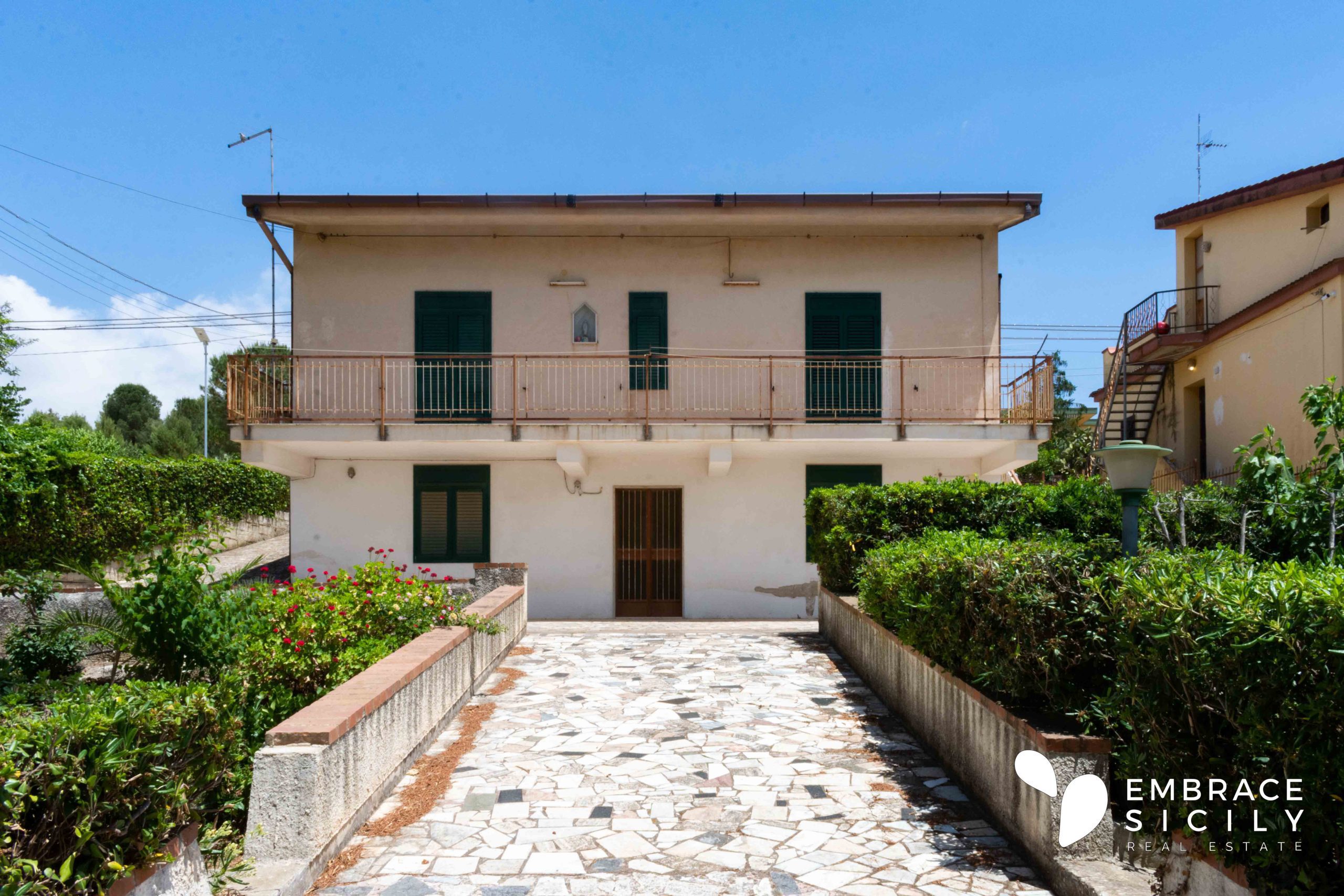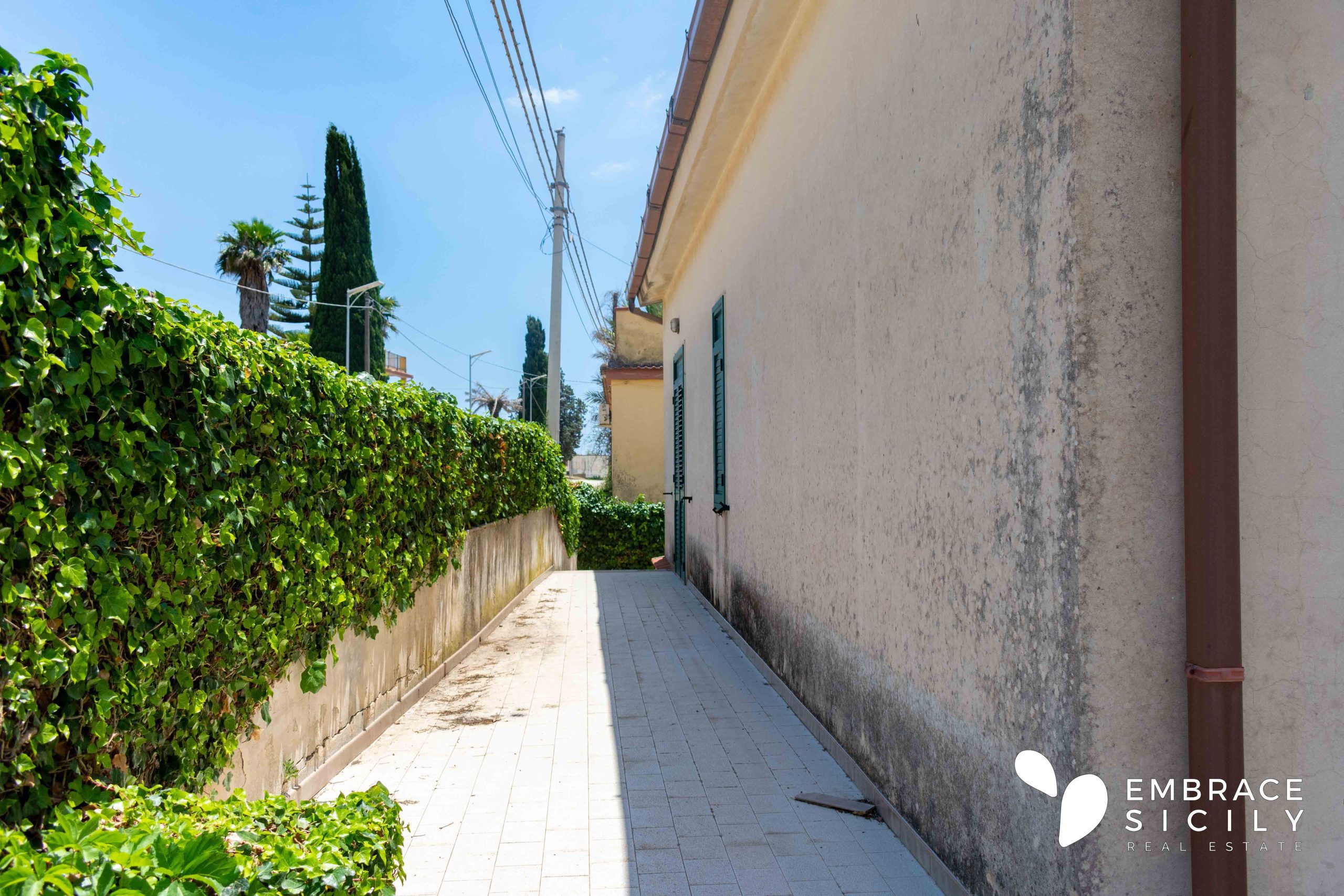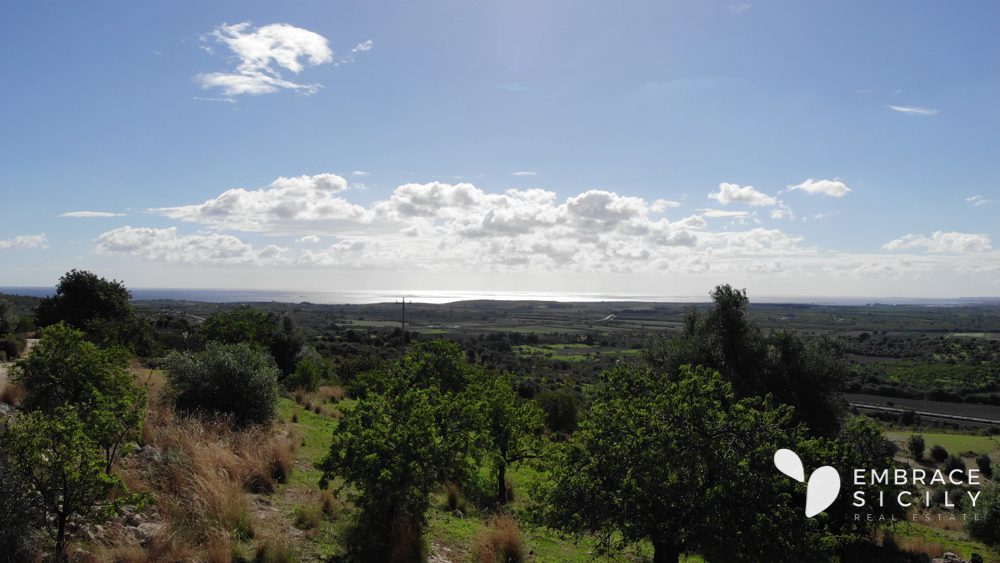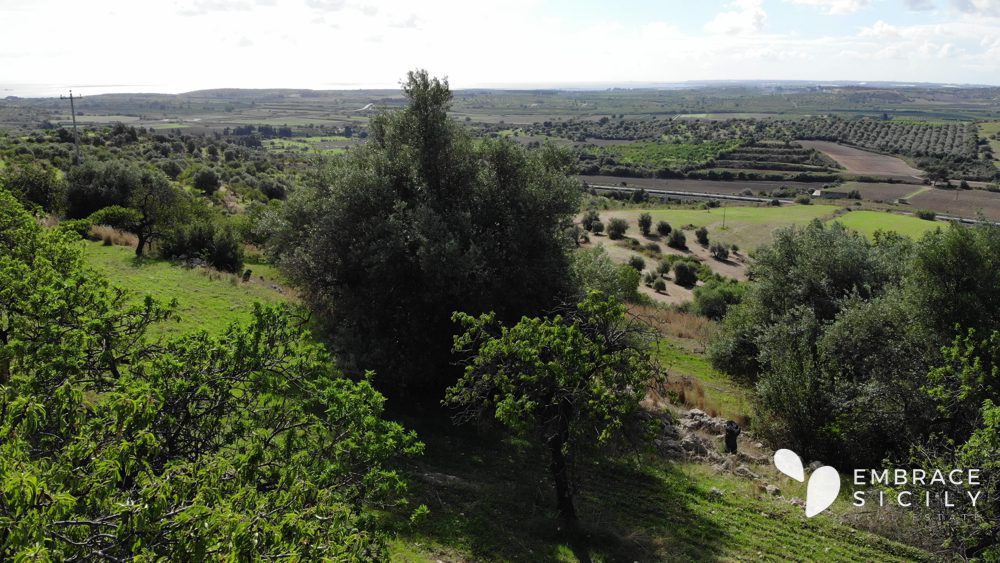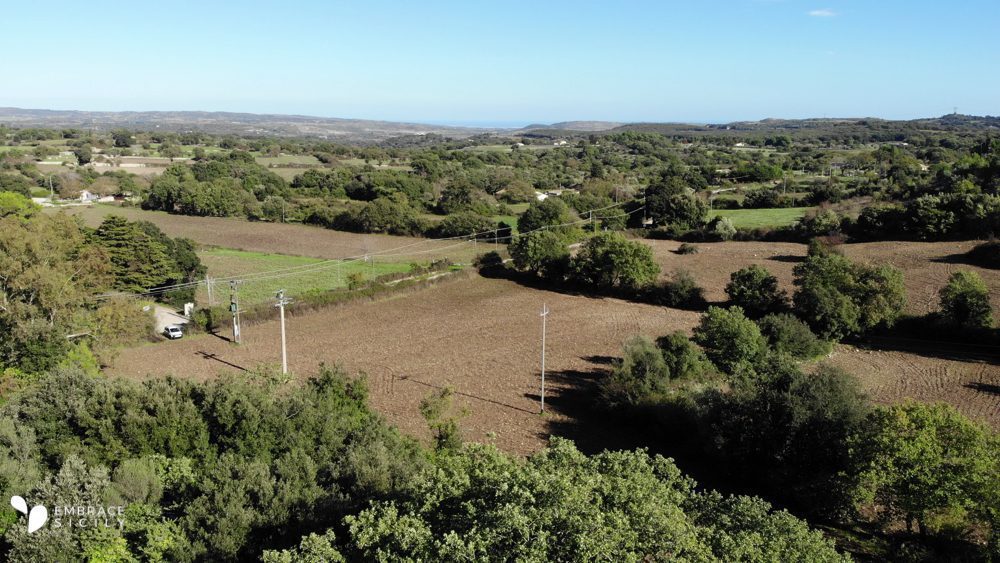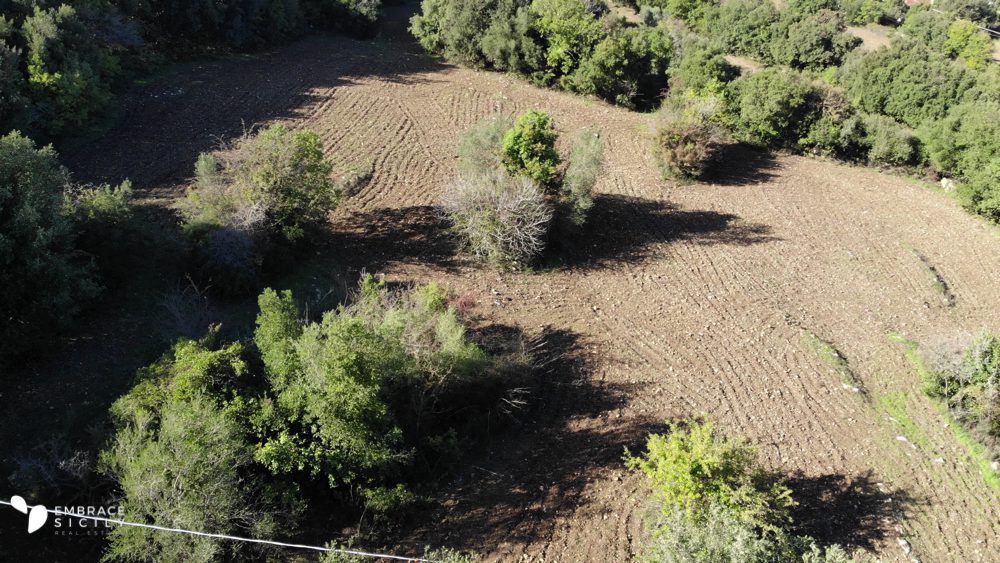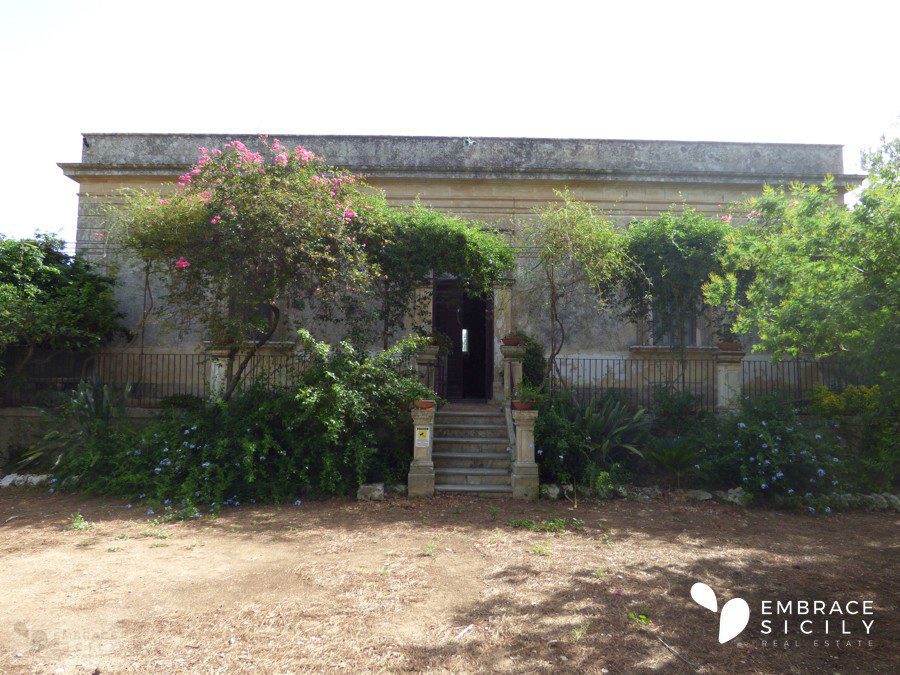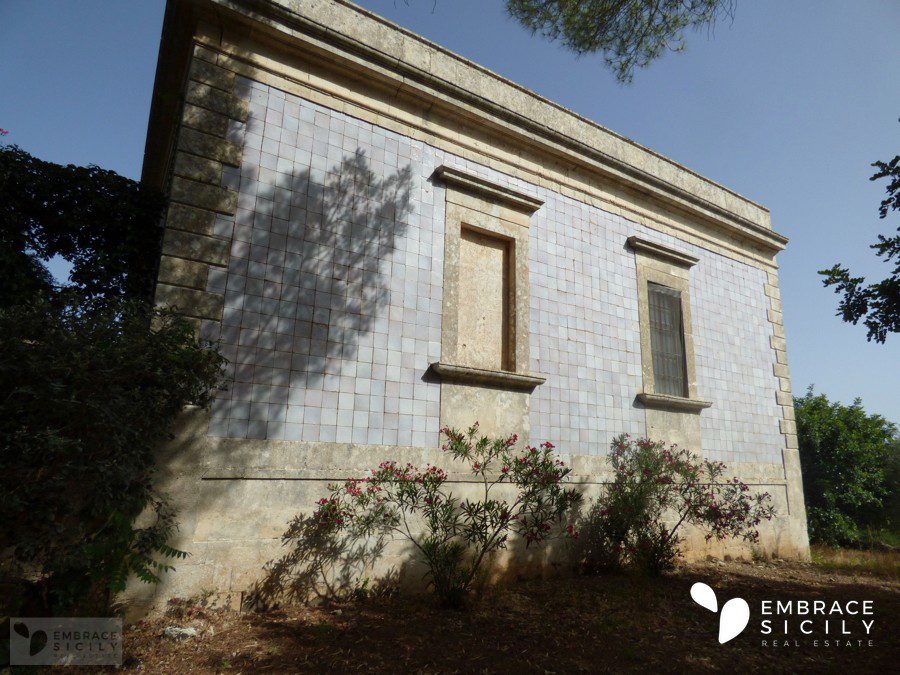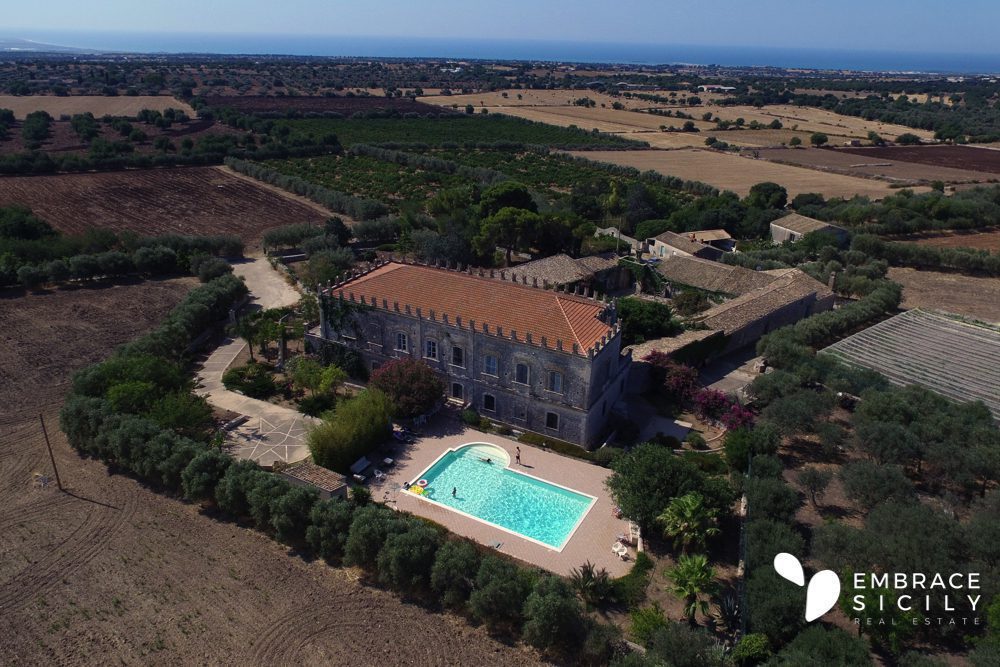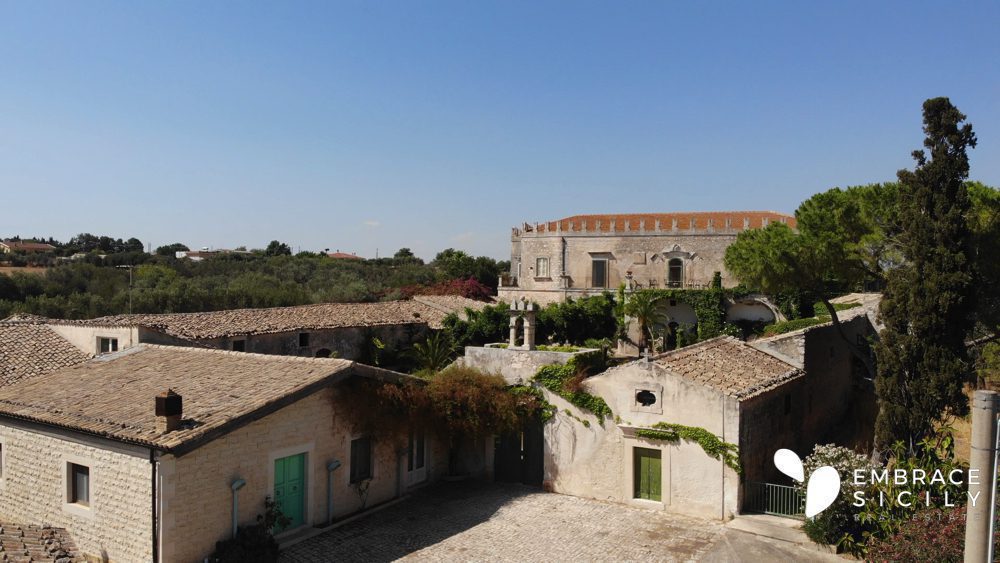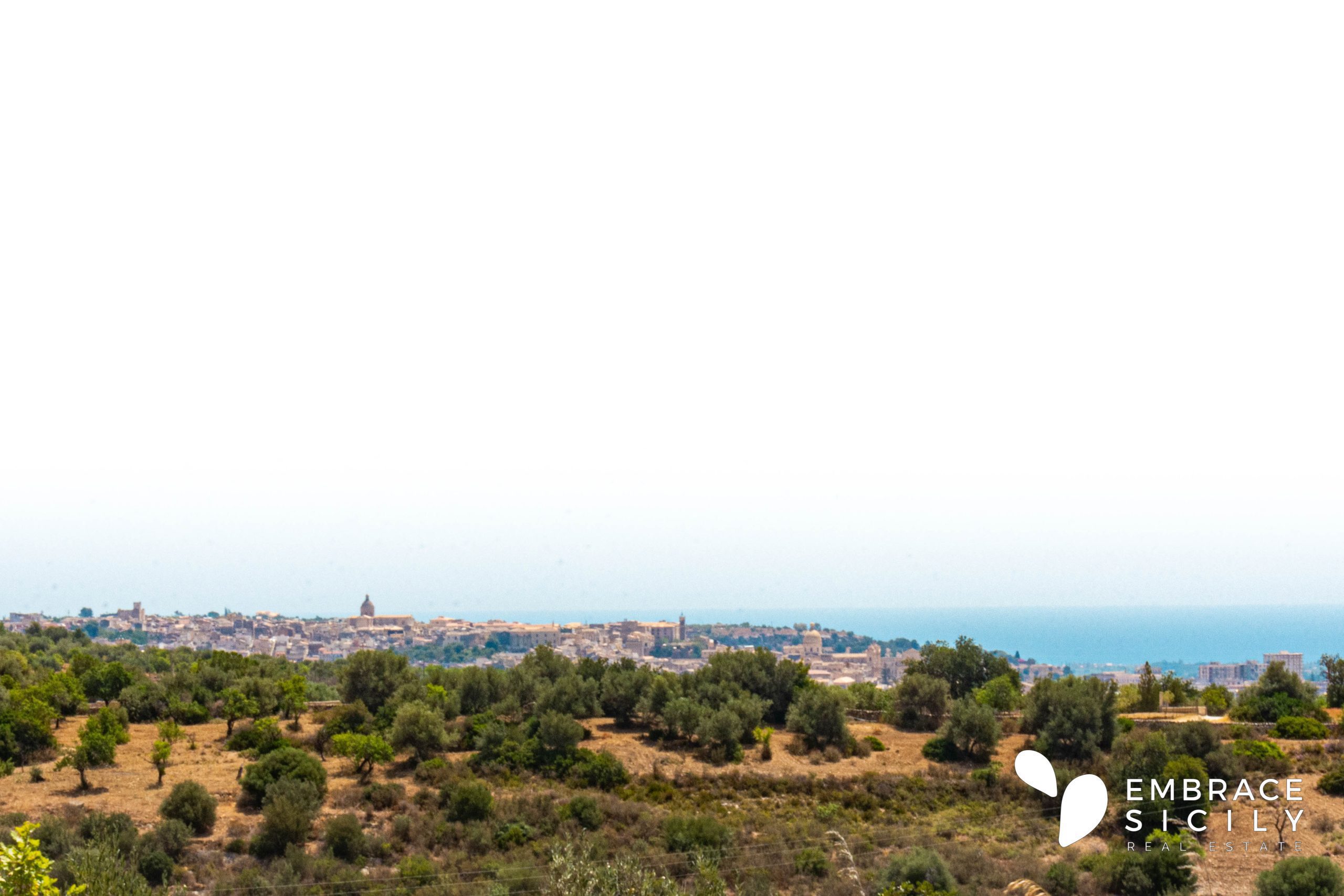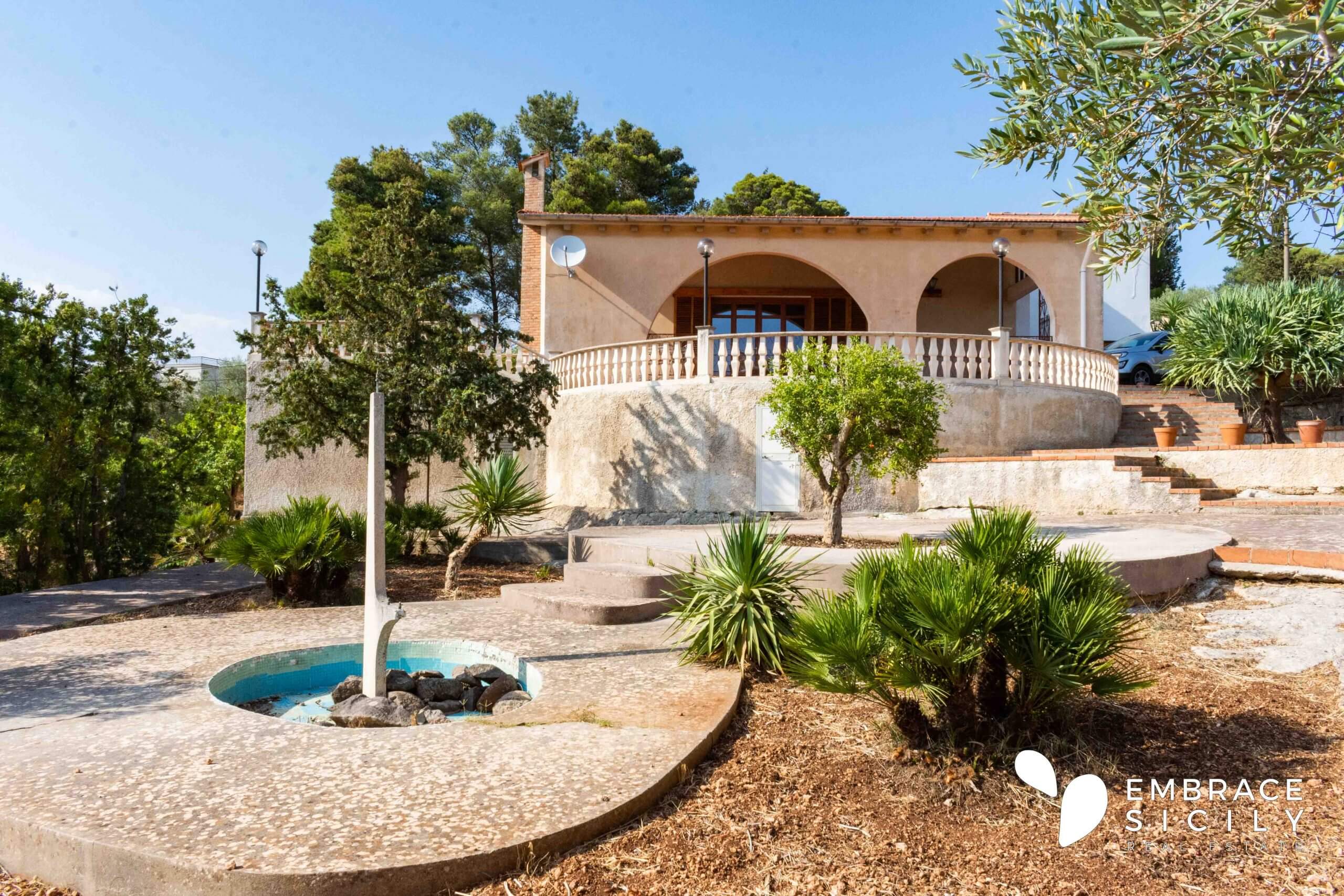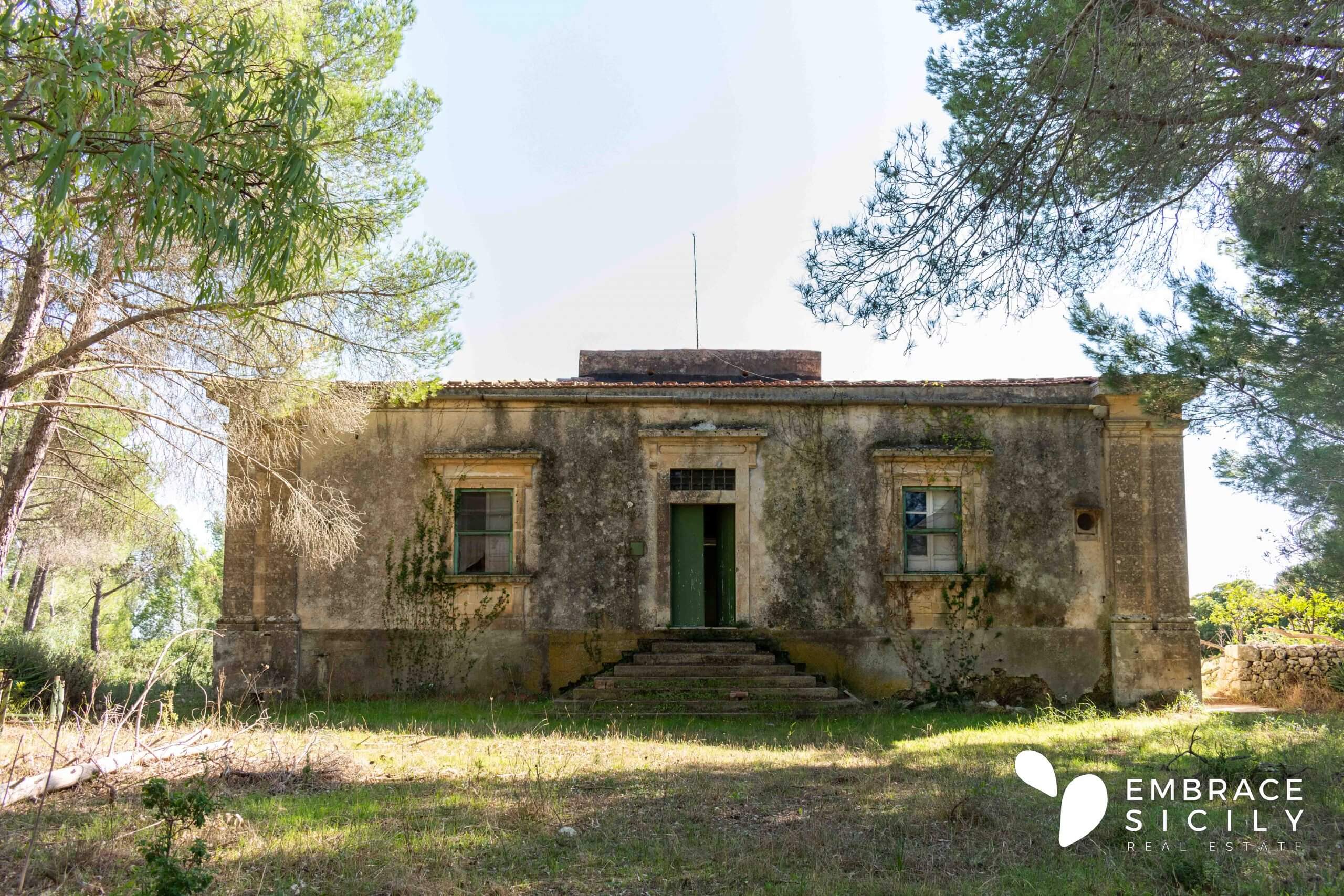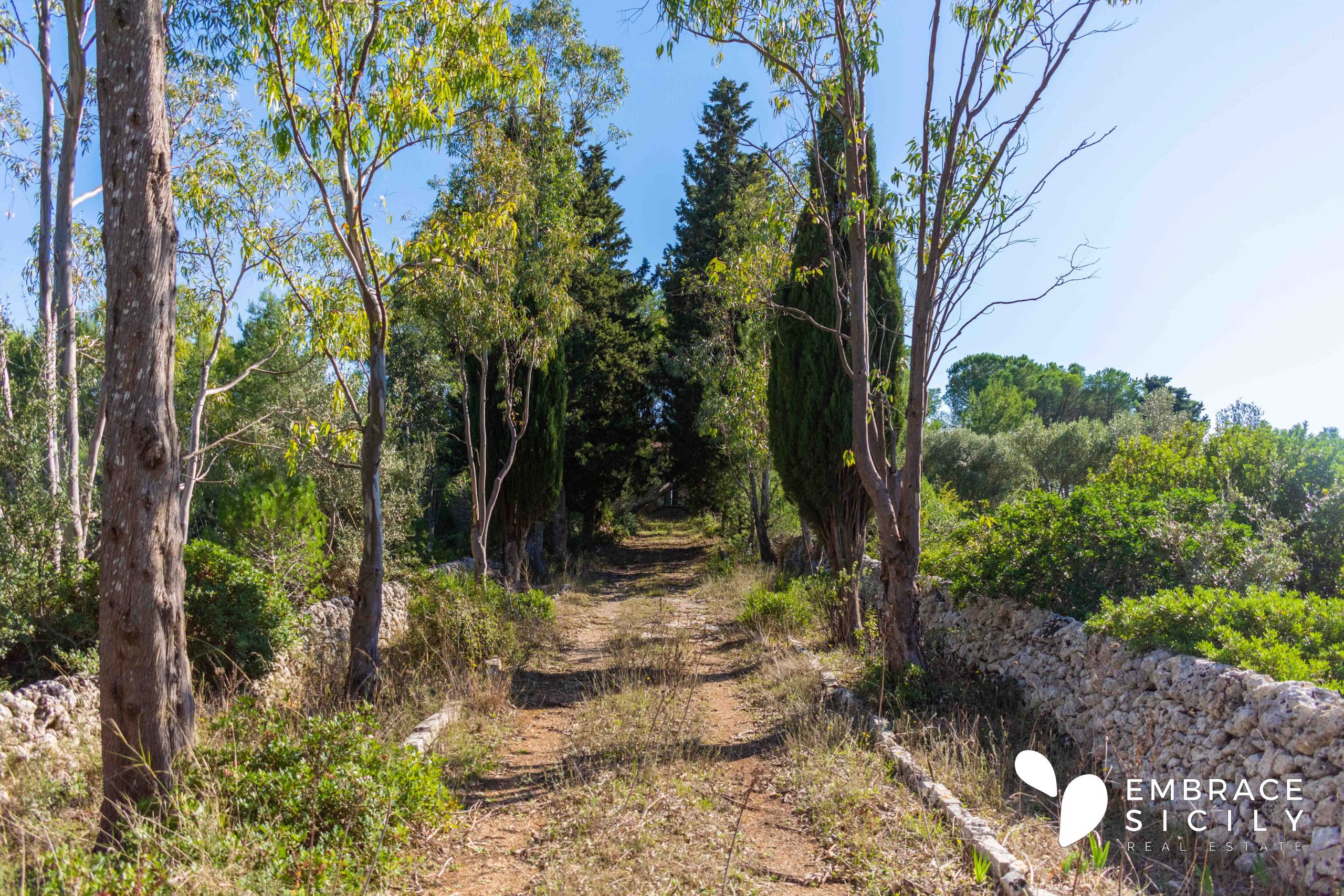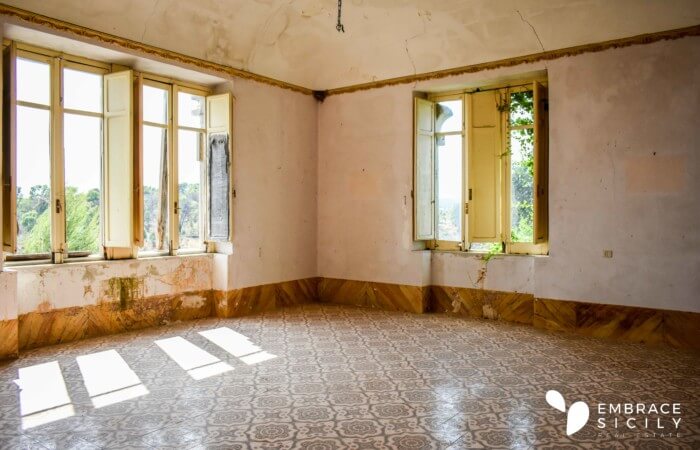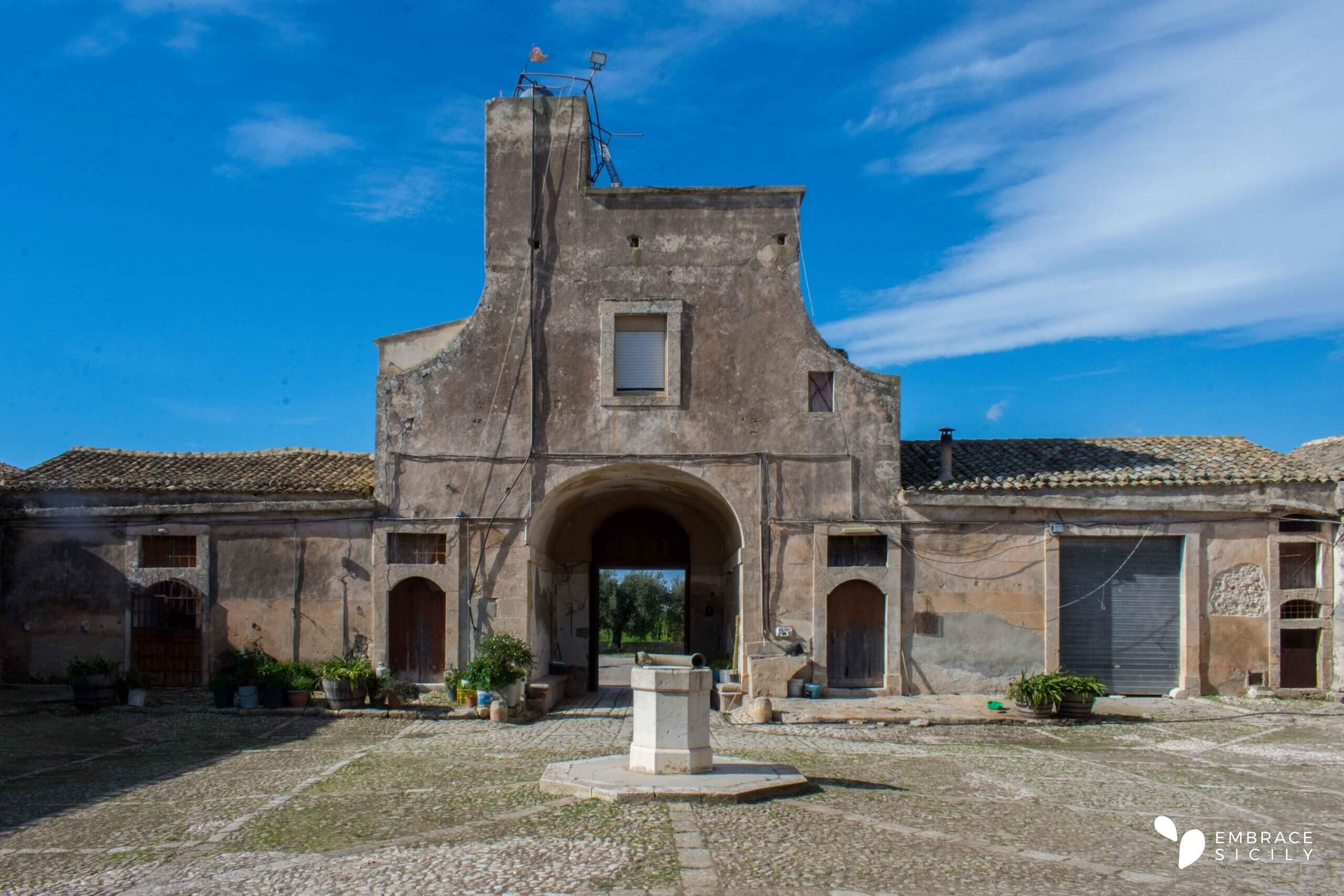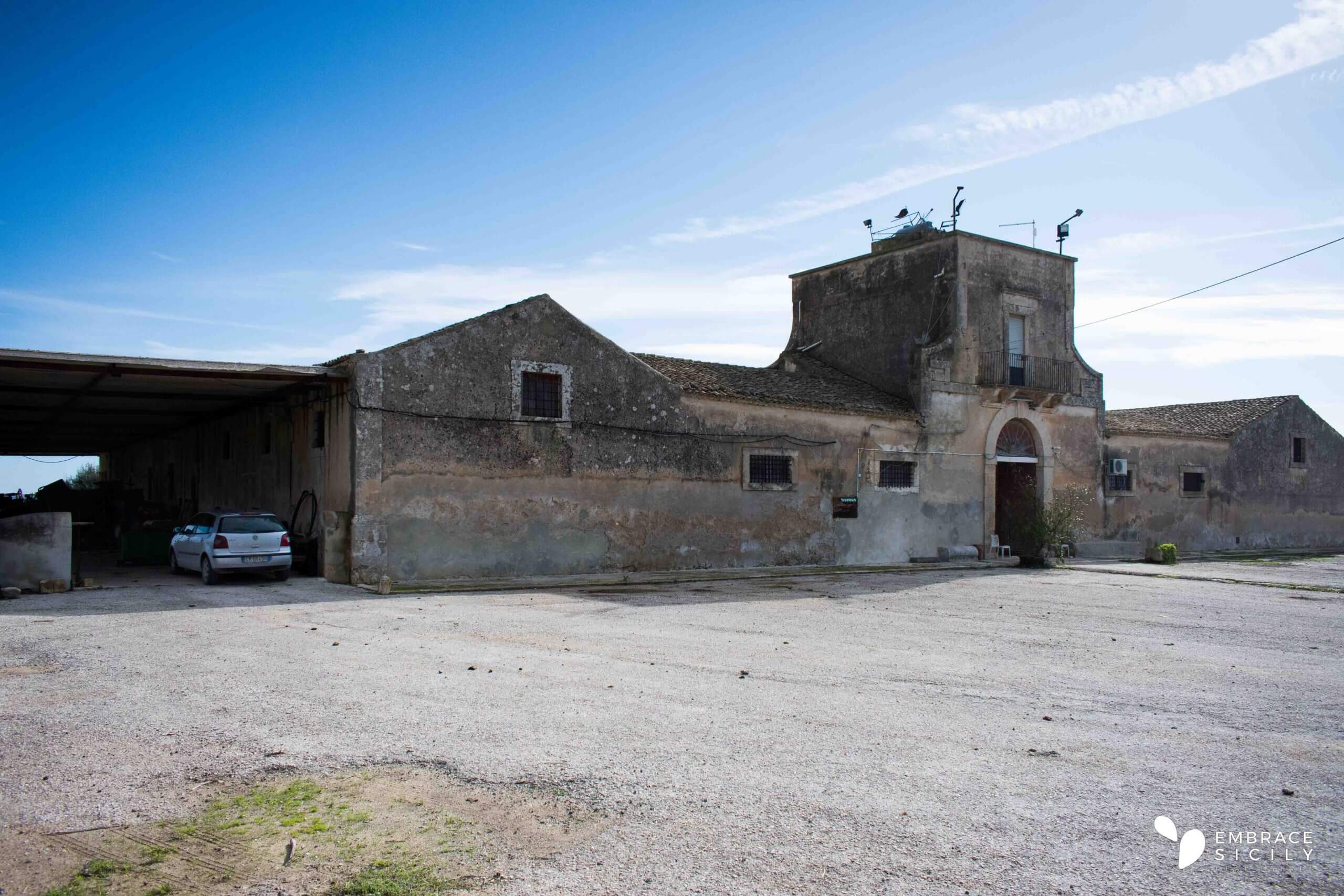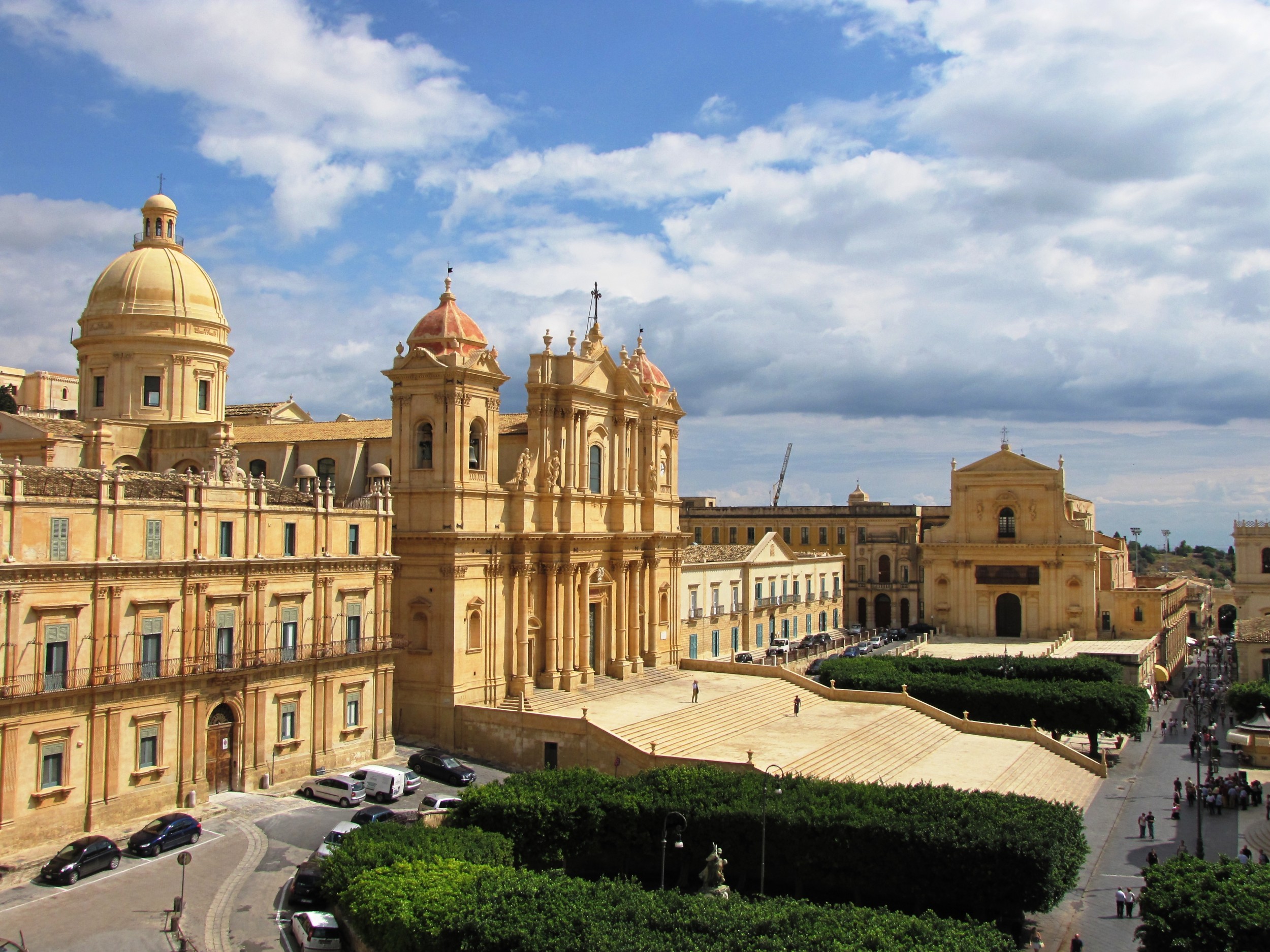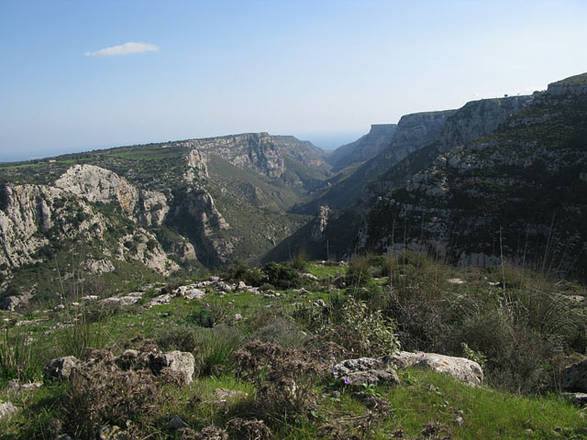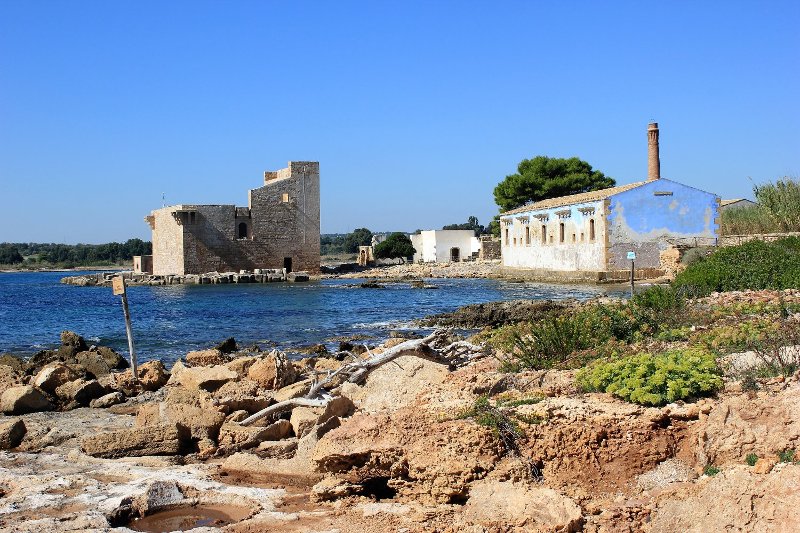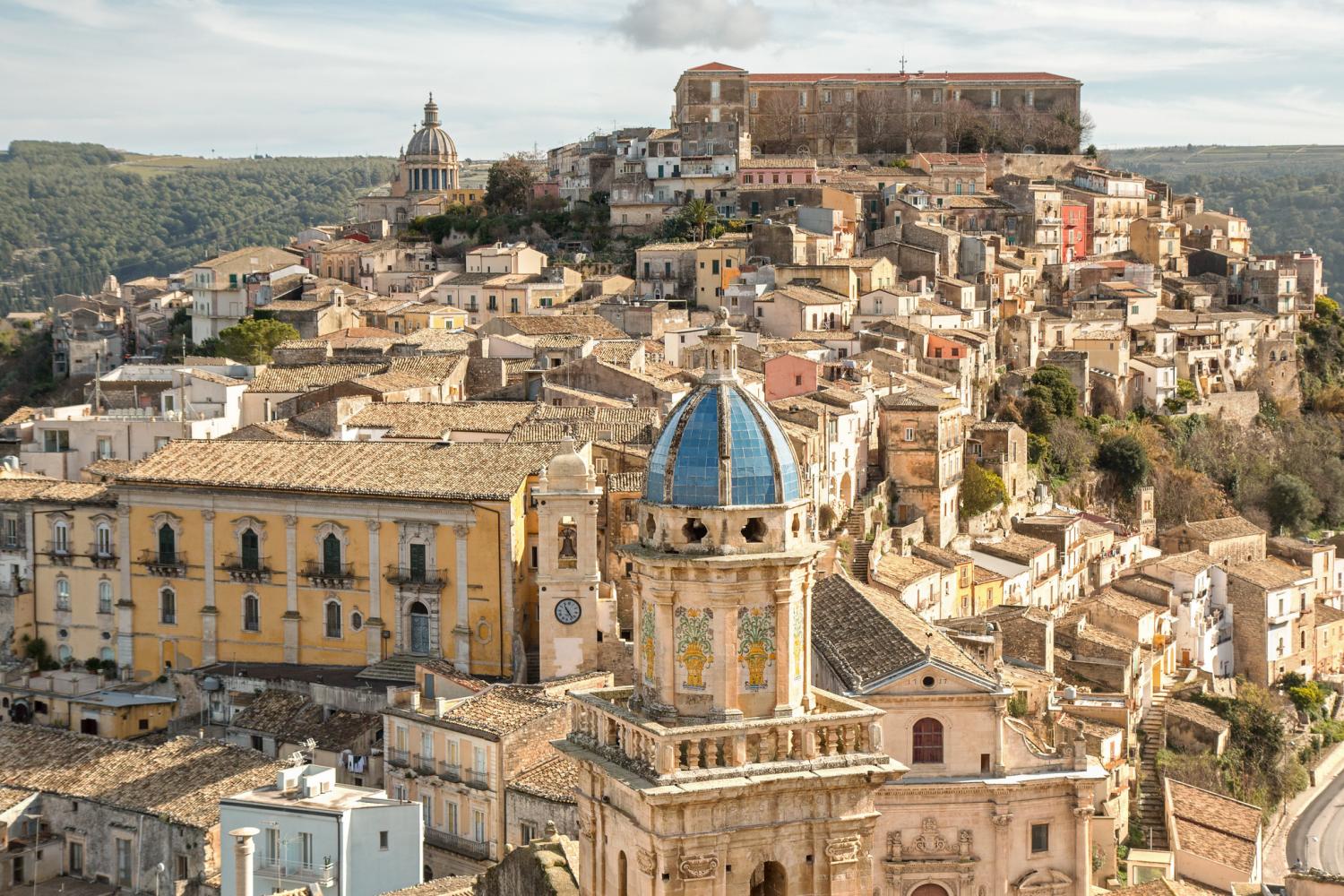Noto counts with thousands of years of history that go from the Bronze Age to the present day.
The foundation
The city was founded in the 5th century B.C. by King Ducezio, who moved the human settlement from the Mendola plateau, cradle of the ancient Castelluccio civilization (one of the oldest human settlements in Europe dating back to the Bronze Age, 2220-1450 B.C.) to the summit of Mount Alveria after the wars against the Greek Syracusans.
The Greek-Roman Period
Although the Syracusans never came to conquer the city of Neas (or Netum) by force, Hellenic influence was not long in coming, to the point that during the reign of Hieron II, Noto became a Syracusan colony.
Around 214 BC. Neatum opened its doors to the Roman consul Marcus Claudius Marcellus, who, recognizing the city’s value both militarily and commercially, named it an allied city of the empire, autonomous and with its own senate, to the point that to this day some monuments still bear the inscription SPQN (Senatus Populus Que Netinum).
But the Roman era wasn’t always as peaceful. Like other cities in Sicily, Noto suffered the persecution of Verres, as narrated by the young lawyer Marcus Tullius Cicero, who succeeded in having the corrupt consul sentenced to exile. Among the most important testimonies of the period we find, near the Vendicari reserve, the Roman villa of Tellaro and its splendid mosaics, still in a good state of preservation.
The Late Antiquity and Arab period
The southern area of the vast territory of Noto was embellished with important monuments during the Byzantine domination, such as the Trigona of the Citadel of the Maccari, the Falconara oratory or the Cenobium of Saint Marcus.
During the two centuries of Arab rule, Noto experienced a period of great wealth and development: appointed as capital of the entire valley in 903 A.D. (hence the term “Val di Noto”), the Arab contribution brought technological development in agriculture and trade as well as in the silk industry, further facilitated by the large presence of mulberry trees in the area.
Norman and Aragonese domination
In 1091, Noto was occupied by Count Roger of Altavilla. During this Norman domination began the construction of the castle, of Christian churches and of the monastery of Santa Maria dell’Arco.
During the Angevin era, Noto took part in the “Sicilian Vespers”, the 20-year-long popular uprising that led to the end of French rule in Sicily and the beginning of the rule of Frederick II of Aragon.
The Aragonese rule was a very important turning point for Sicily and also for Noto, as for the first time the Sicilian nobility was considered equal to that of the conquerors, unlike the previous ones.
Under the reign of Alfonso V of Aragon, the office of Viceroy of Sicily was held by Nicolò Speciale, who was from Noto and contributed greatly to the development of the city, which experienced a flourishing period both commercially and artistically. For this reason, and thanks in part to the interceding of Bishop Rinaldo Montuoro Landolina, Noto was awarded the title of “Ingenious City” for the many people who distinguished themselves in the fields of science, letters and art, such as Giovanni Aurispa and Matteo Carnilivari.
The 1693 earthquake and the reconstruction
At the height of its splendor, the city was destroyed by the Val di Noto earthquake of January 11, 1963, as were several other cities in Southeastern Sicily, including Modica and Ragusa, with a death toll approaching 100,000.
This event disrupted the life of Noto and all of eastern Sicily, but it was the starting point of the process that made Noto the unique place we know today.
Since there was no longer a need to be entrenched for defensive reasons, it was decided to rebuild the city in its entirety 8km (5 miles) further down the valley, on the slope of the Meti hill.
The reconstruction project was intended to create an urban fabric aimed at restoring the luster of the city in accordance with the style of the time, while putting in place earthquake-proof measures so that that tragedy would never repeat itself. For that purpose, the most distinguished figures in the field were called in, such as the Dutch engineer Carlos of Grunenbergh, the local mathematician Giovanni Battista Landolina, as well as the best Sicilian architects (Rosario Gagliardi, Paolo Labisi, and Vincenzo Sinatra).
Like the Arab phoenix, Noto rose again from its ashes more beautiful than ever. The town plan for the new city had as its nerve center three parallel streets oriented from east to west, so that they could always benefit from the sunlight. This daylight gave the malleable limestone used for the reconstruction an enveloping warm color that resembles the one of a golden sunset.
The three main streets, in addition to dividing the urban fabric, were each designated for a specific social class: the main street (today’s Corso Vittorio Emanuele) belonged to the church, the one above to the nobility, and the one below to the people.
The spaces were cleverly designed and each palace, square or church was positioned with the purpose of astonishing and captivating, hence the nickname “The Stone Garden.”
The skillful work of the master masons and stonemasons elevated the late Baroque style to its zenith. The facades with inlaid columns, balconies with curved balusters and corbels rich in extremely accurate bas-reliefs made Noto the flagship town of the Sicilian Baroque.
The nineteenth century and the Unification of Italy
In the nineteenth century, with the new administrative reform, Noto lost its role as Capital of the Valley, which passed to Syracuse. Nevertheless, it still remained a vital center of the island to the point that in 1837, due to the Carbonari revolution of Syracuse, Noto became capital of the province and, later, also the headquarters of the episcopate.
In 1861, following Garibaldi’s invasion, Noto became part of the Kingdom of Italy, losing its title of capital of the province a few years later, while still maintaining an important bureaucratic and logistical role.
From the twentieth century to the present day
The presence of a strong tertiary sector in the city’s economy ensured that intensive farming or the birth of an industrial hub never occurred, preserving the rural territory, which still remains almost entirely unspoiled.
Like it happened in most of Southern Italy, during the period following World War II, Noto underwent a population decline due to large migration flows to northern Italy, but also to Germany, France, Argentina, the USA and Canada.
On March 13, 1996, the dome of the Cathedral collapsed as a result of a structural flaw that resulted from restoration works in the 1970s, when the original sloping roof was replaced with a flat concrete one, exacerbating the weight load that the columns had to bear. This sad event, which fortunately did not result in casualties, put the city under the spotlight of the world’s press and television stations, triggering a process of restoration of the historic center that led to its inclusion in the UNESCO World Heritage Sites along with other Val di Noto cities such as Modica, Ragusa and Militello Val di Catania.
OUR SUGGESTIONS
Watch our videos
Blog
EXPLORE THE AREA
Didn’t find what you were looking for?

























